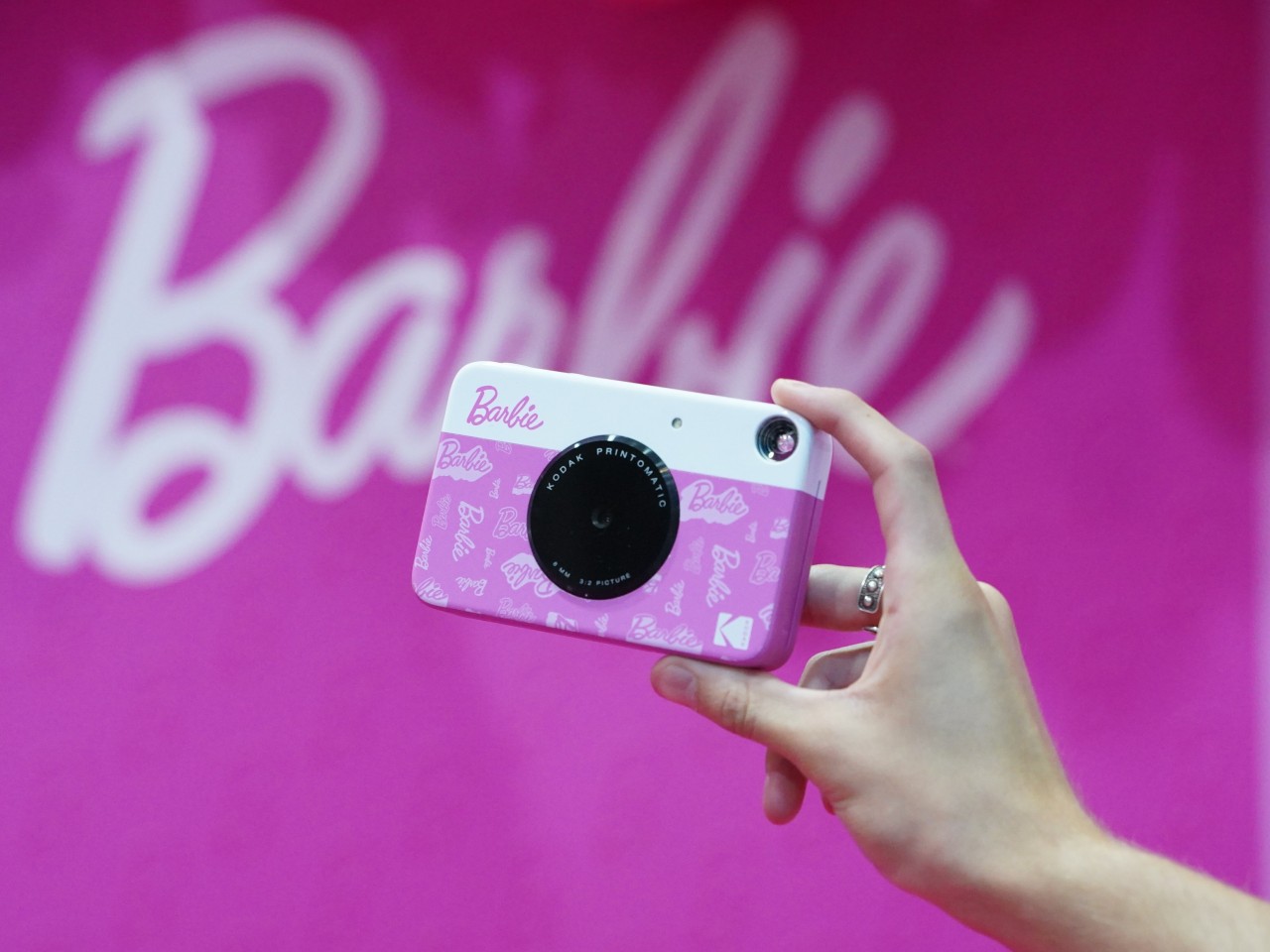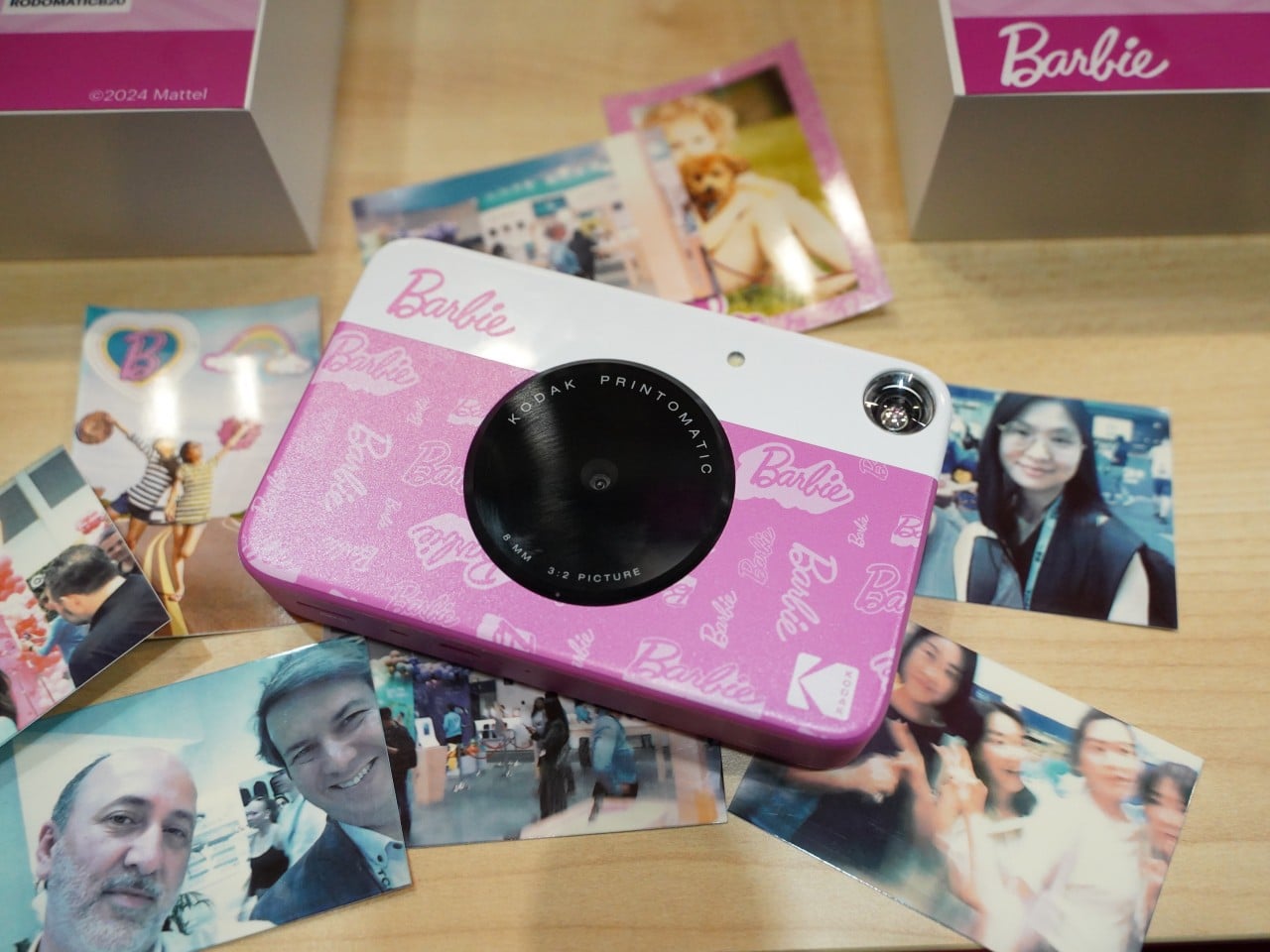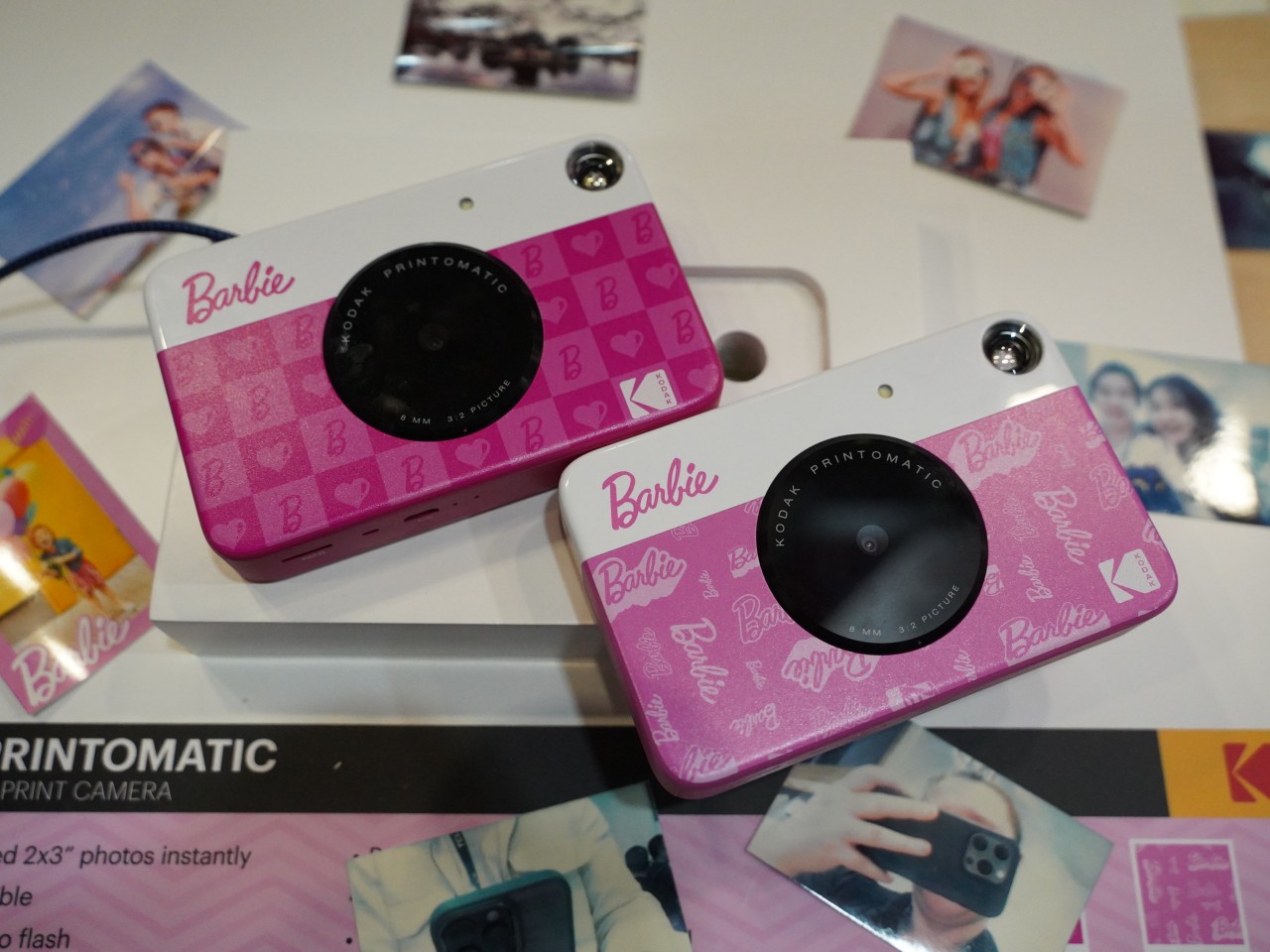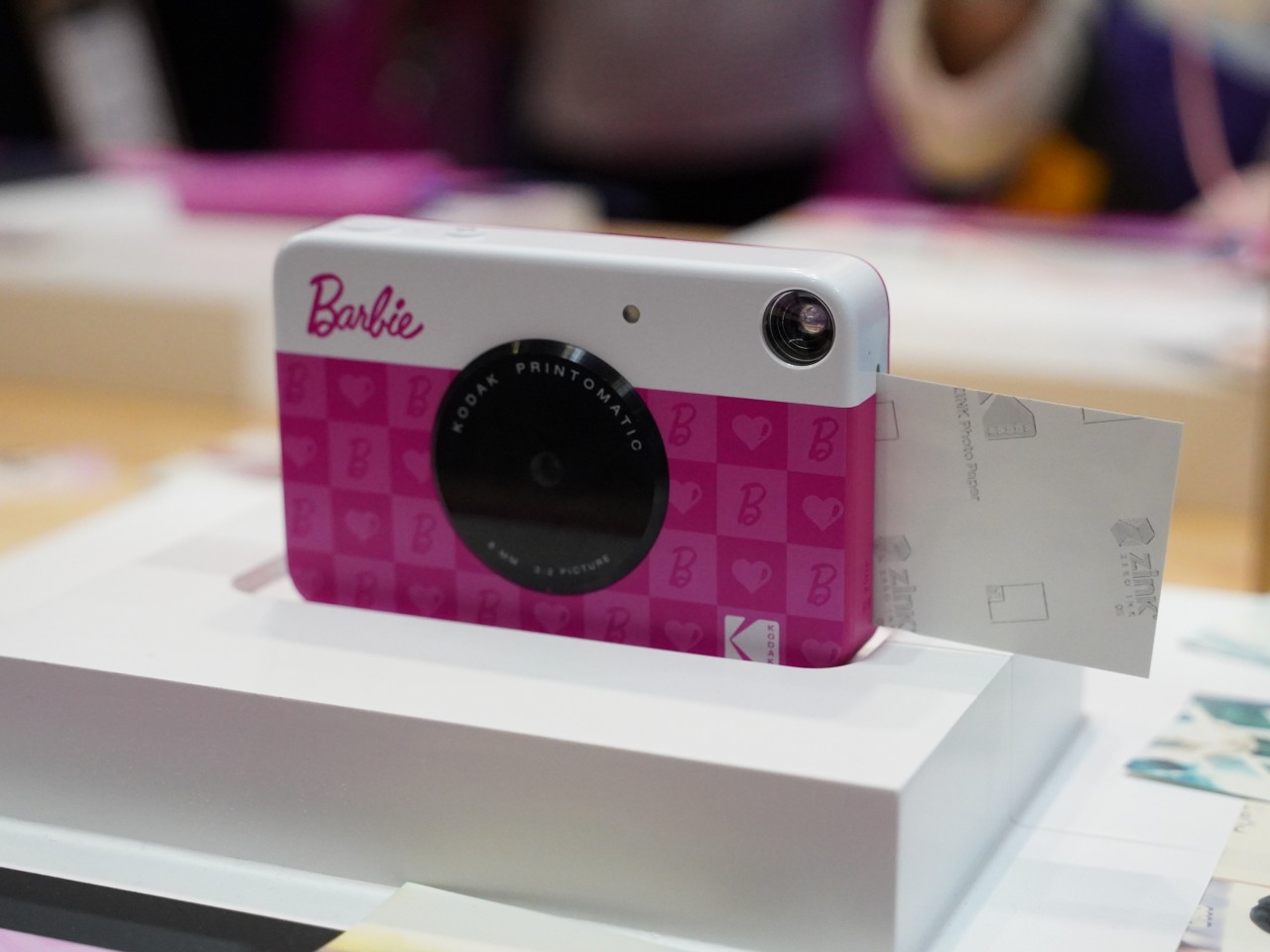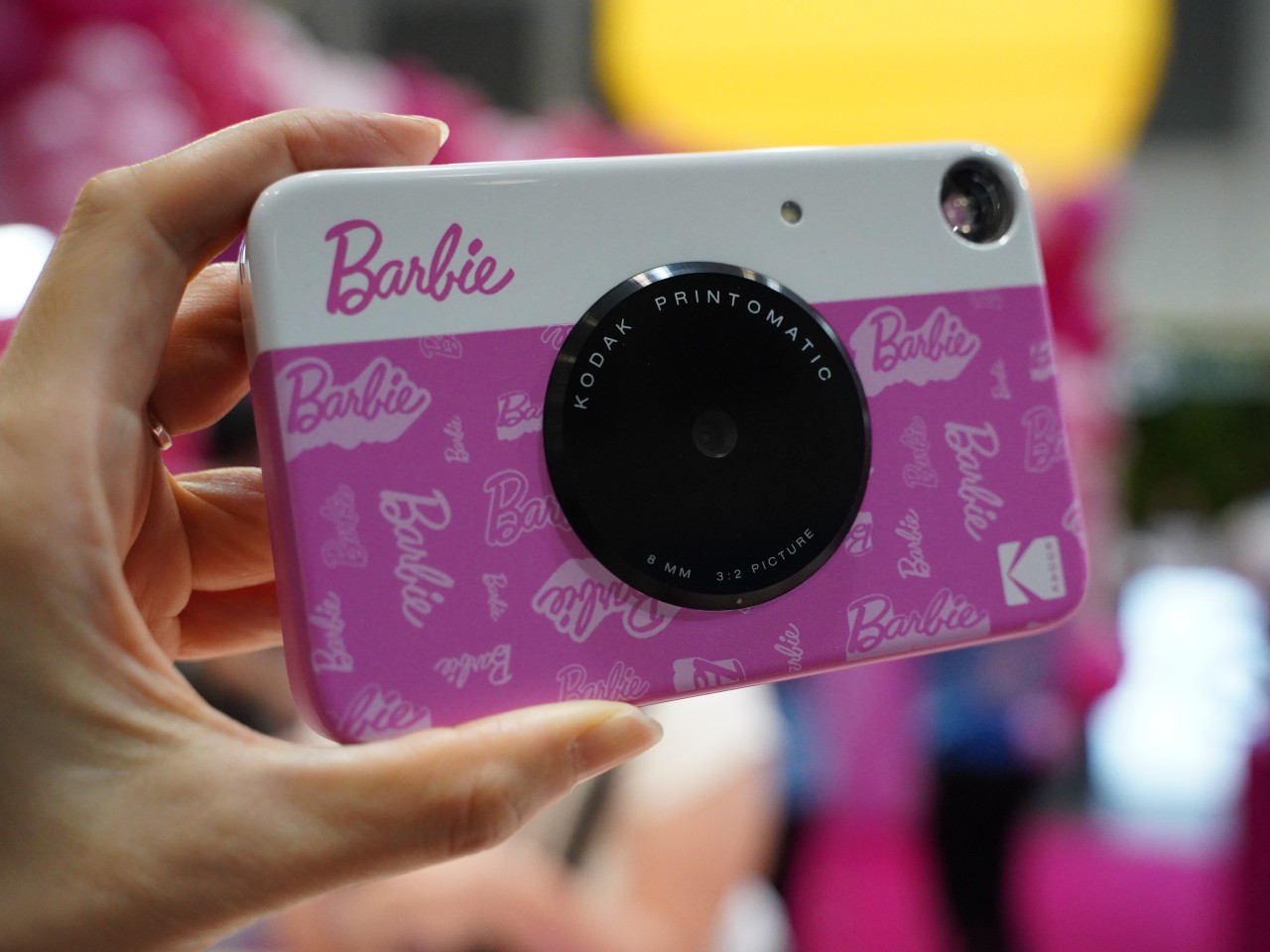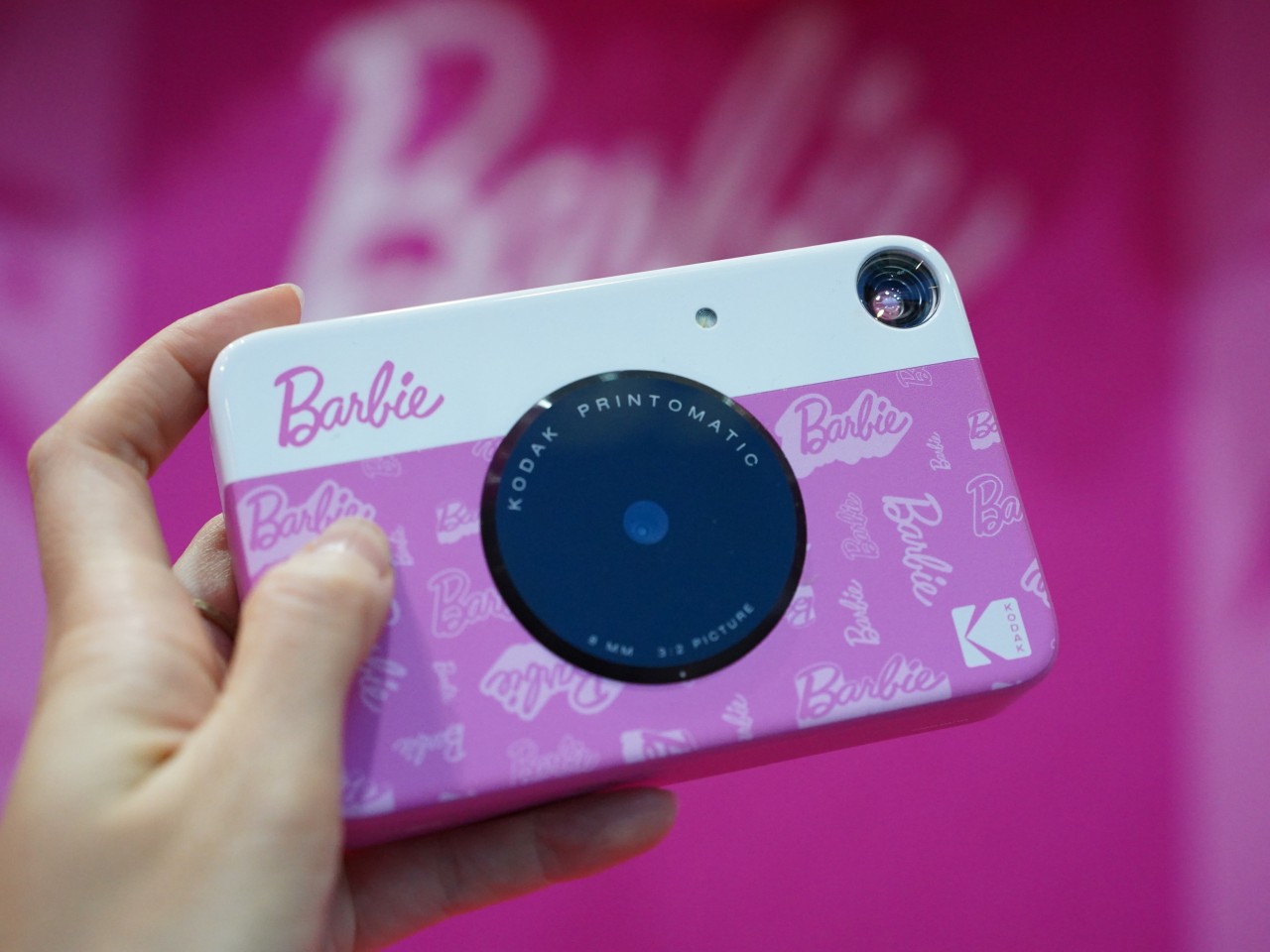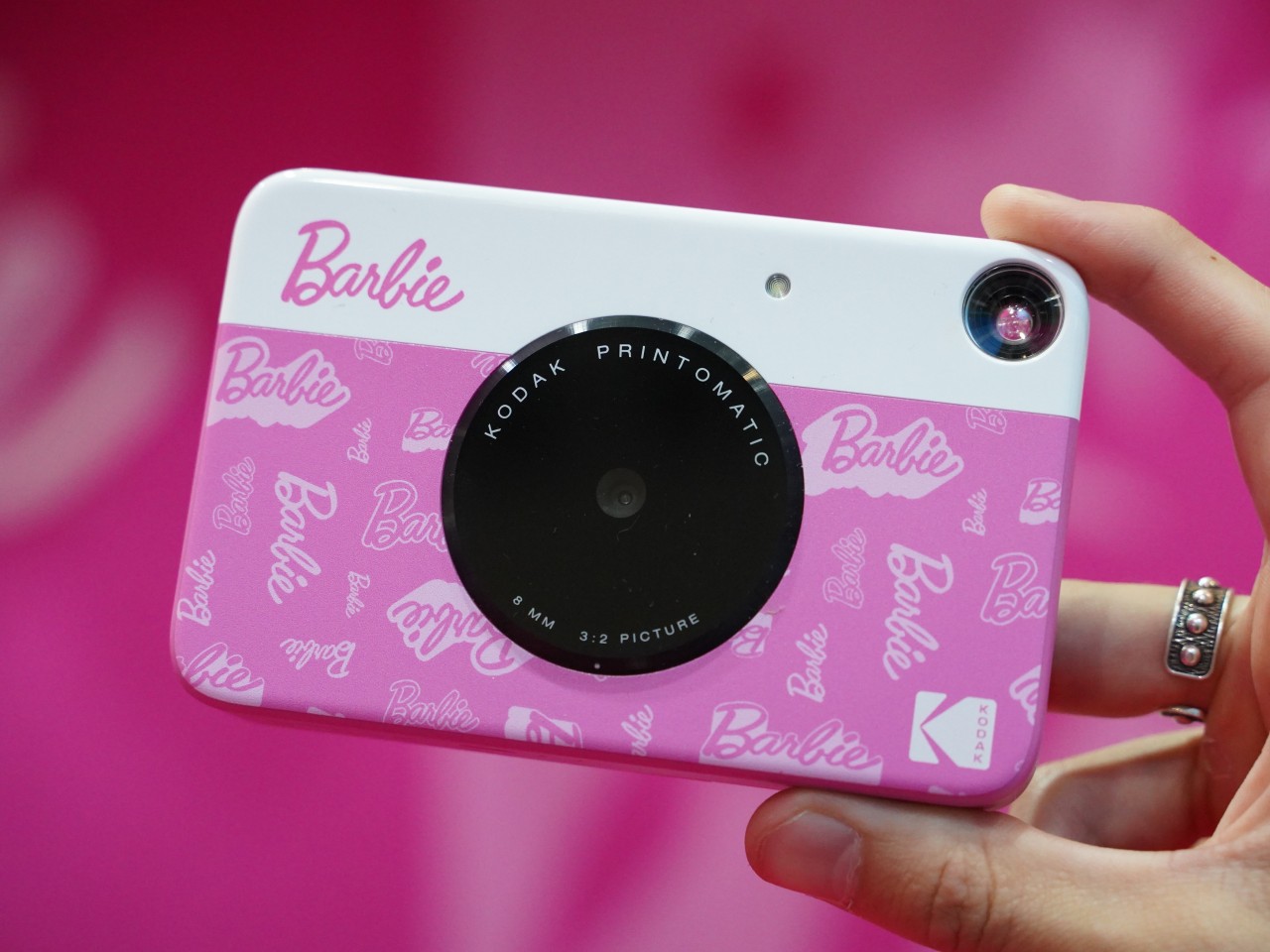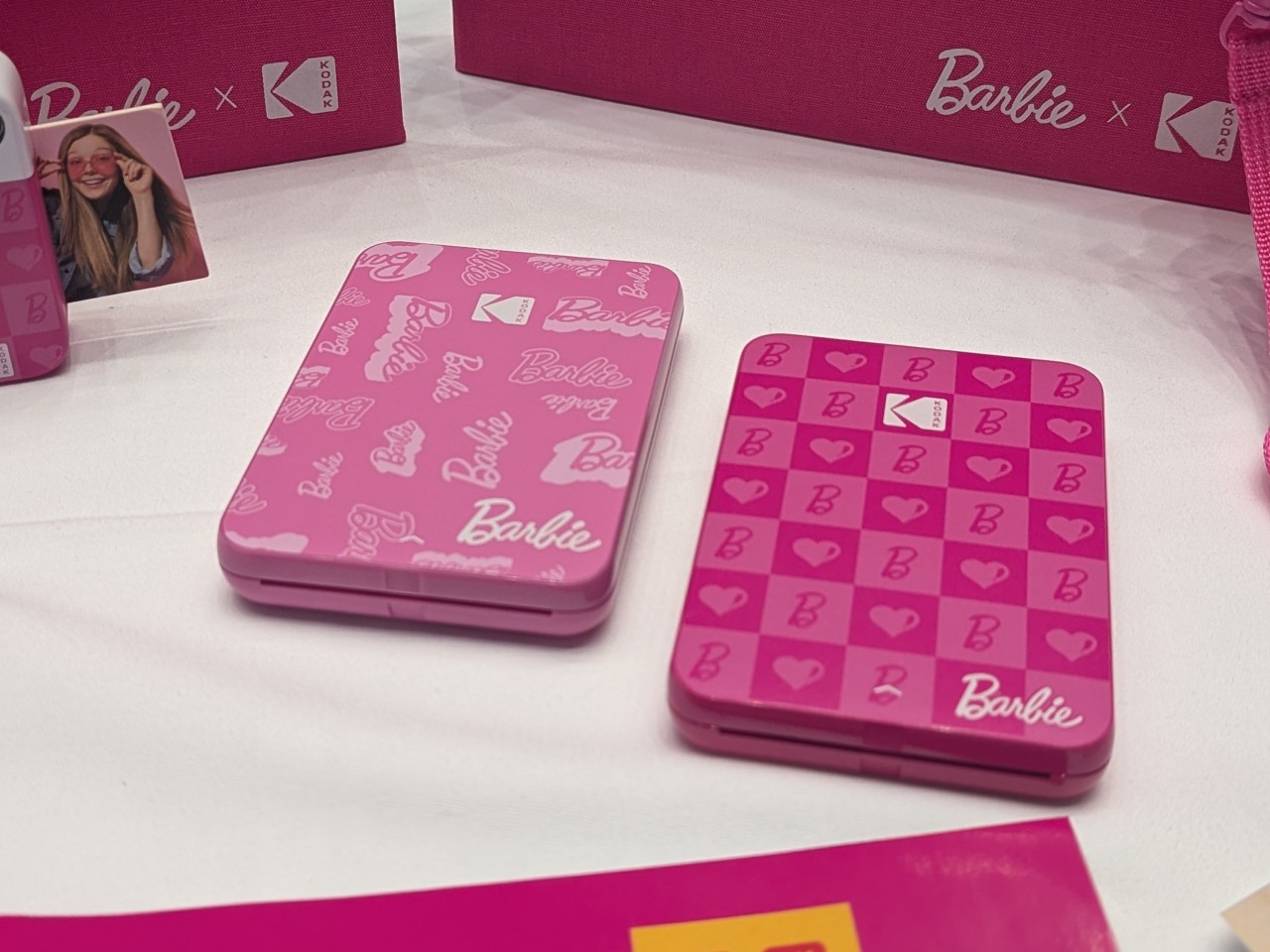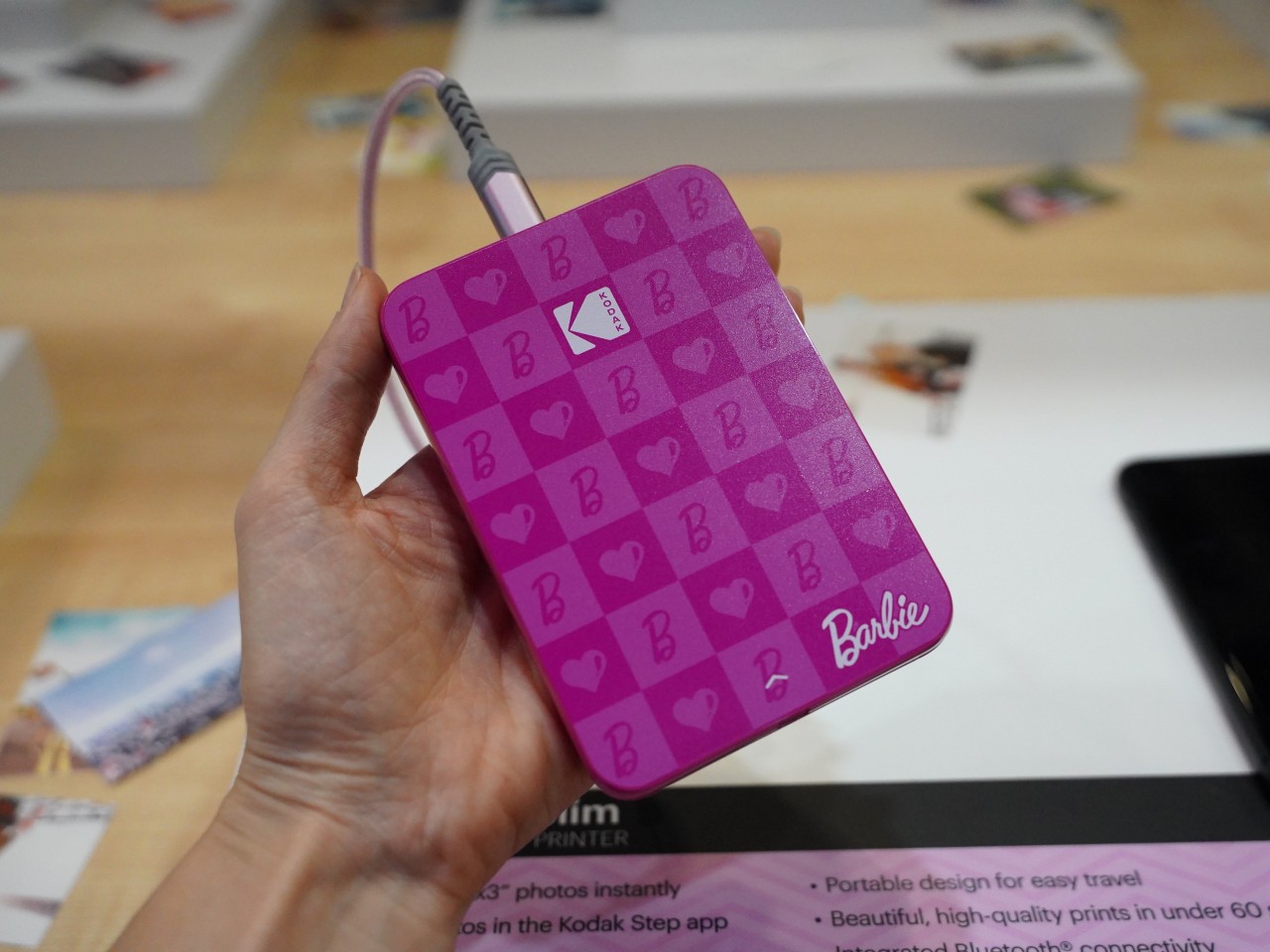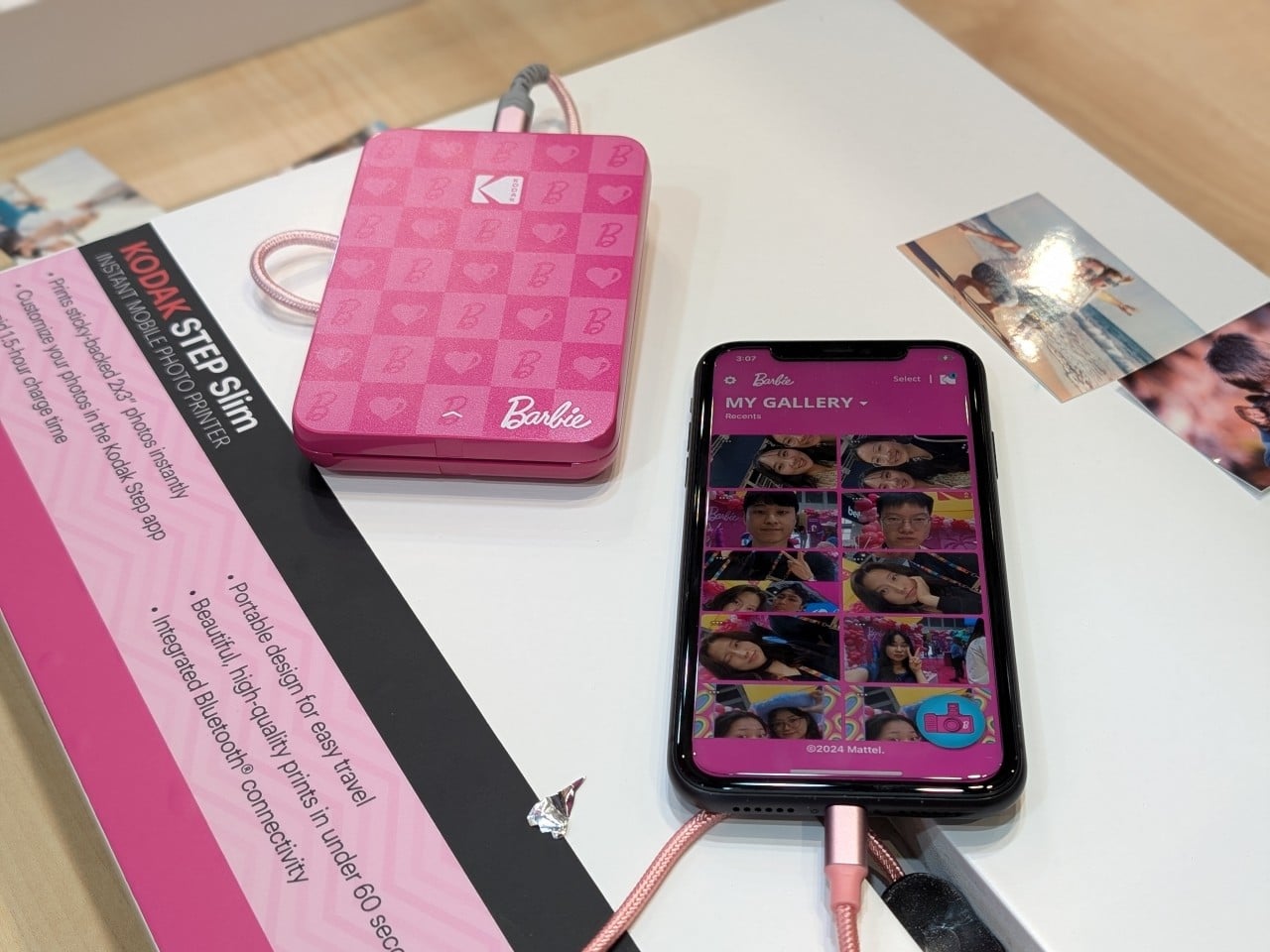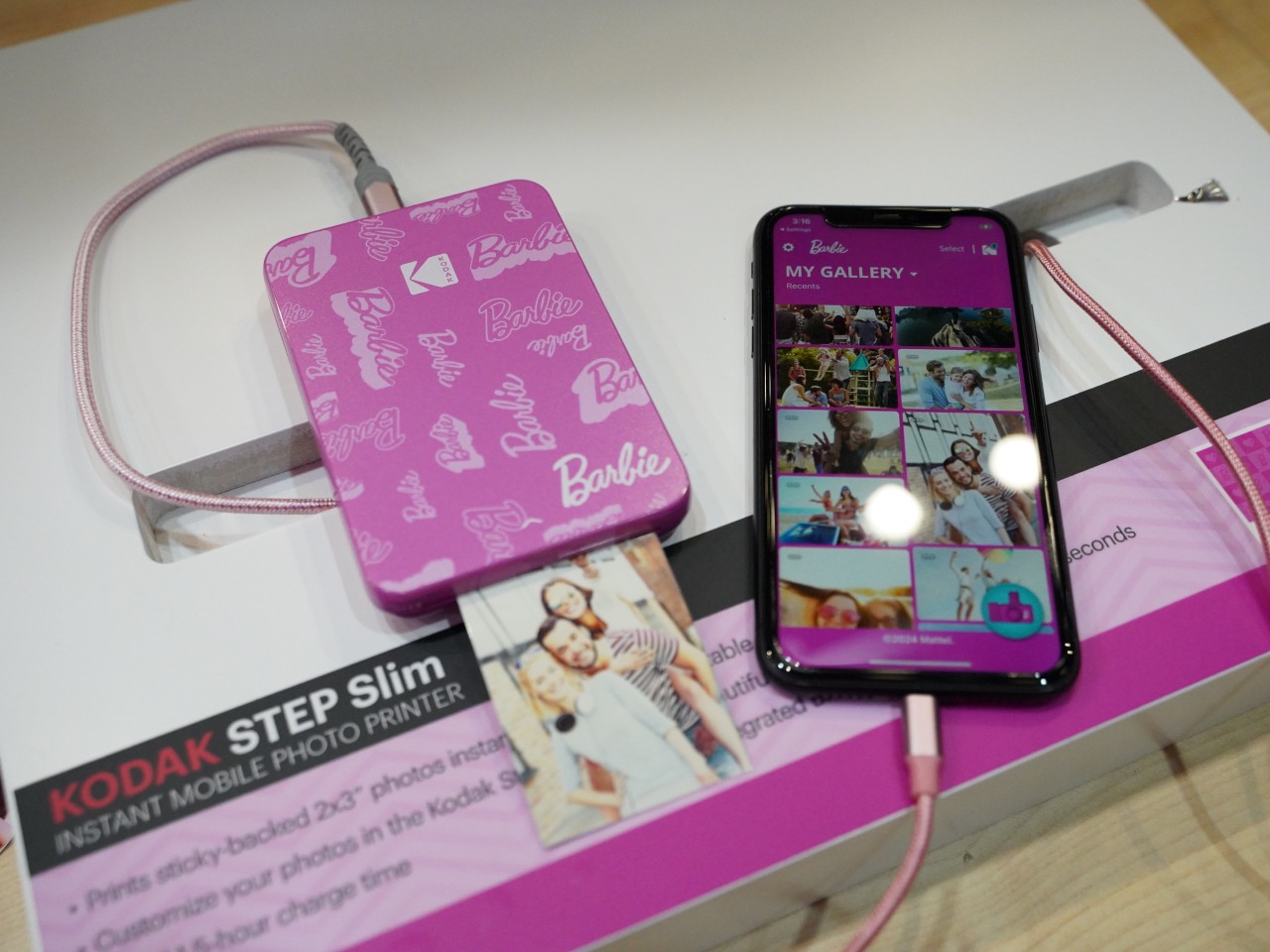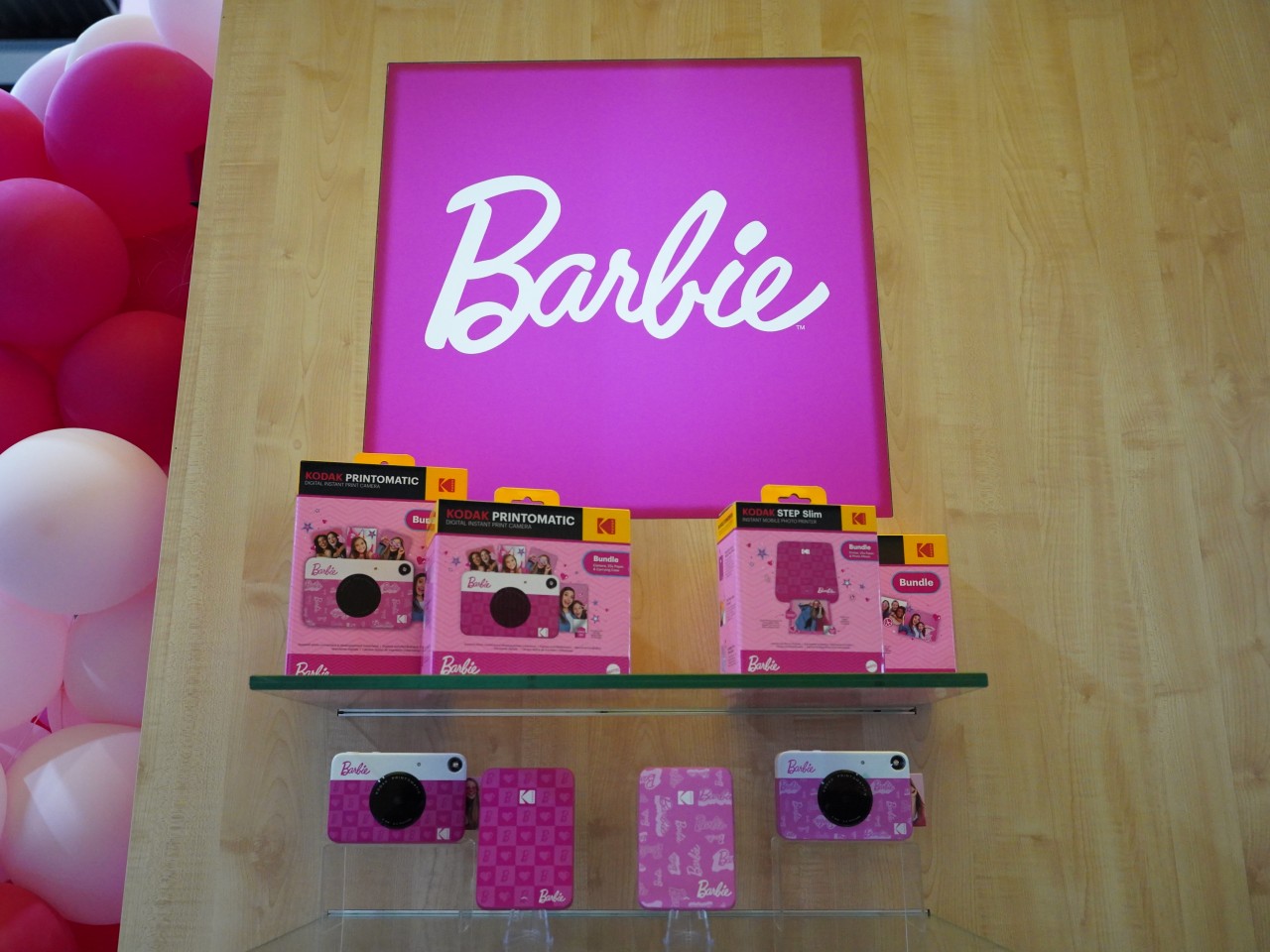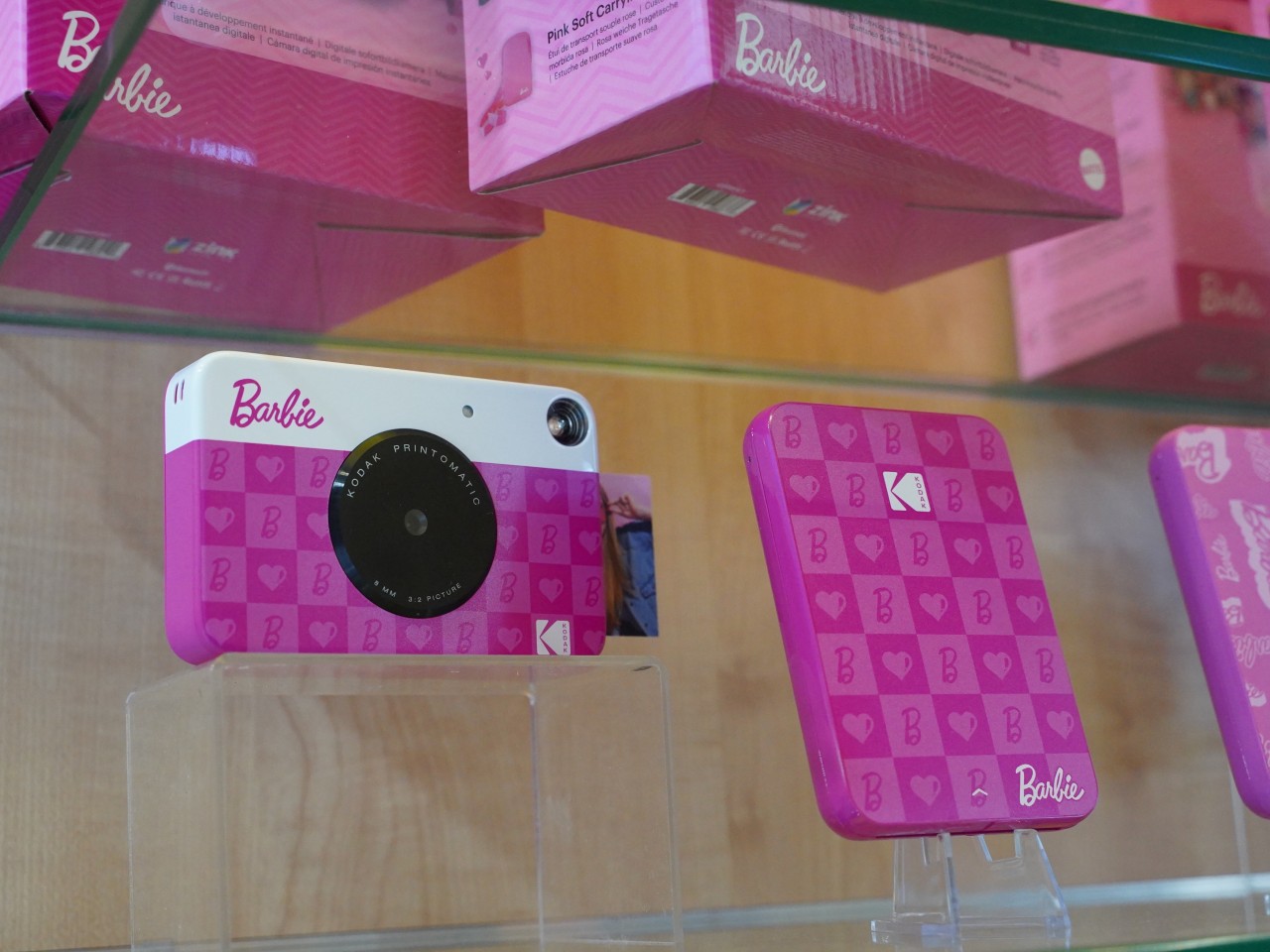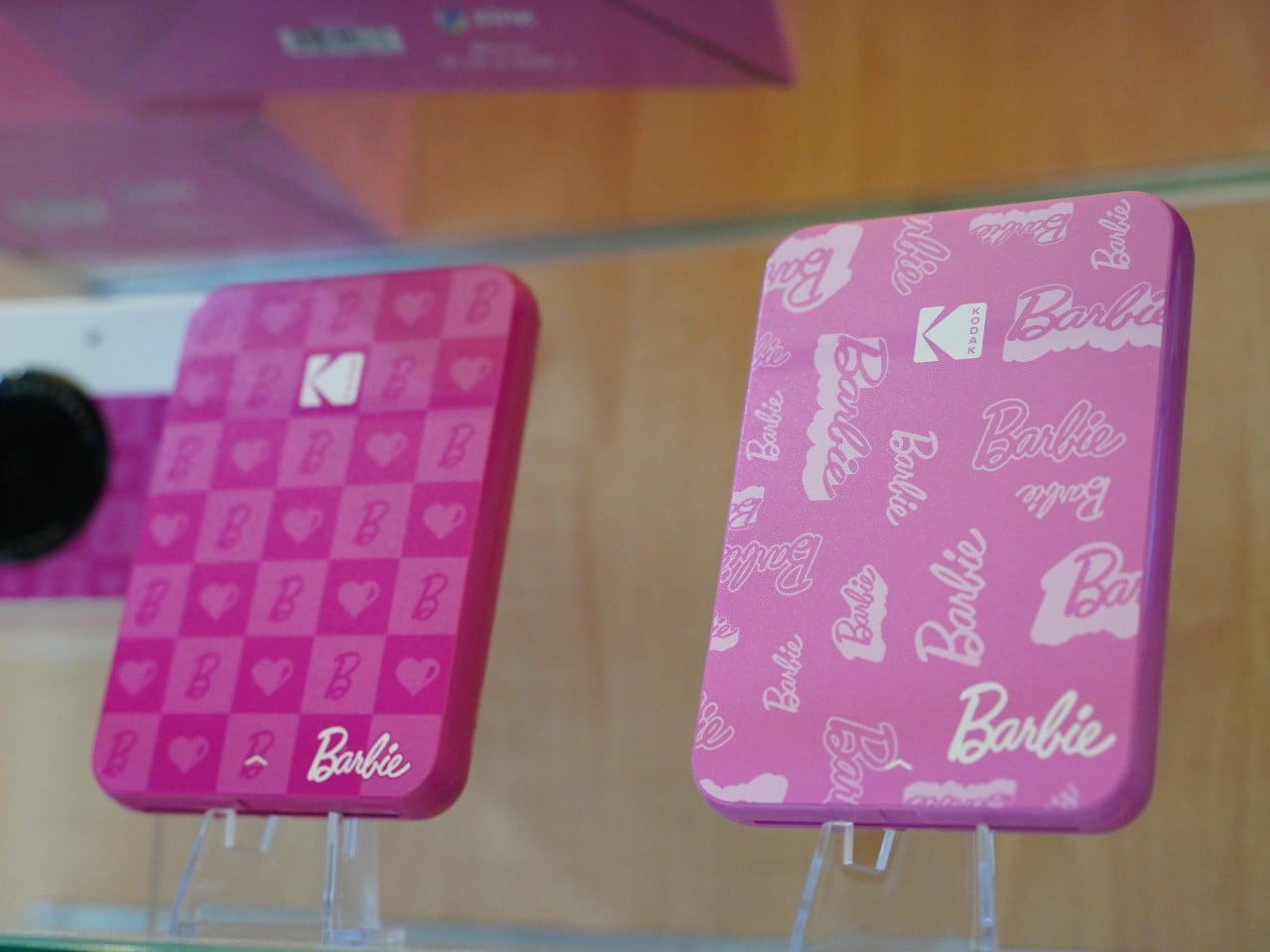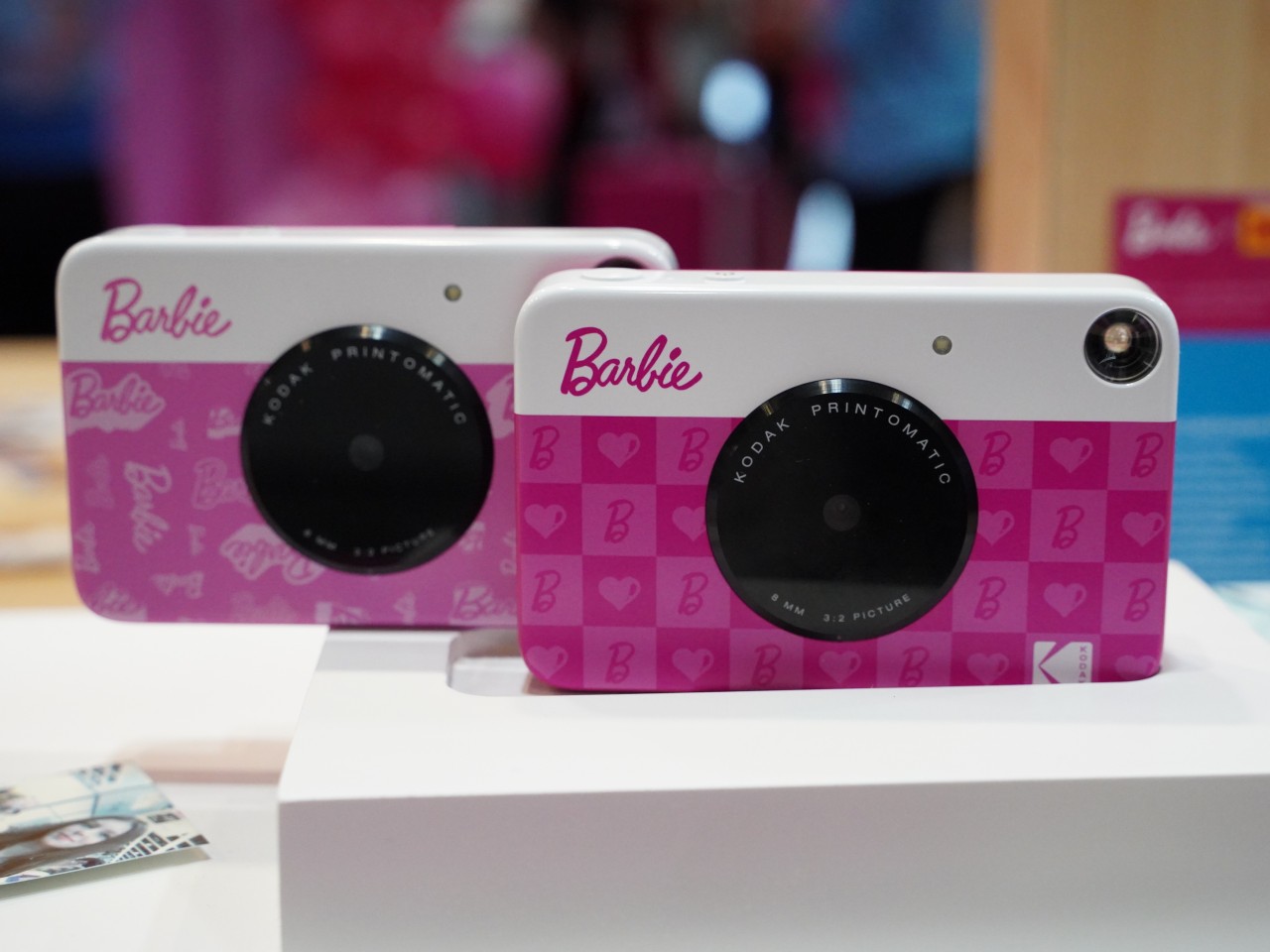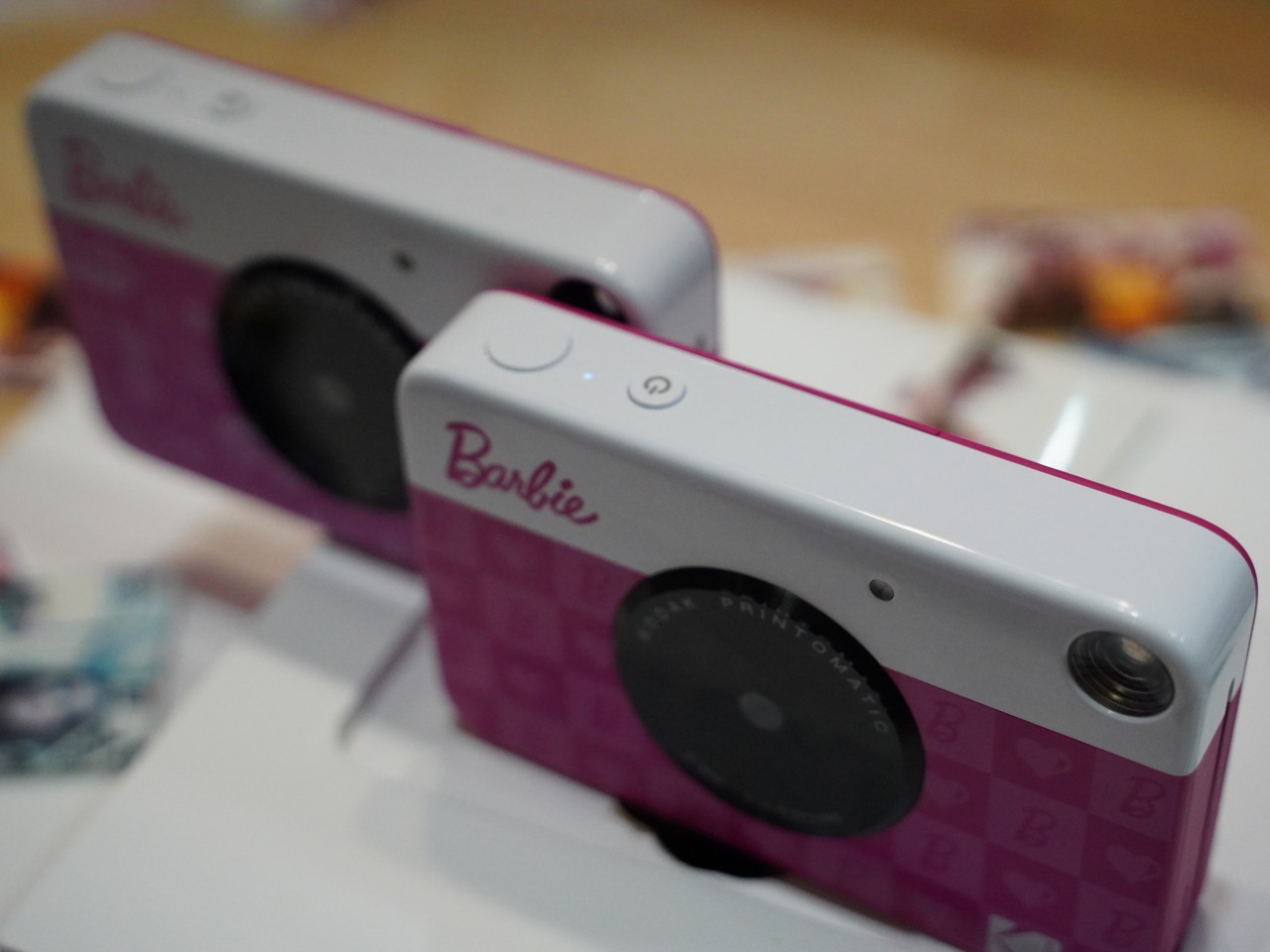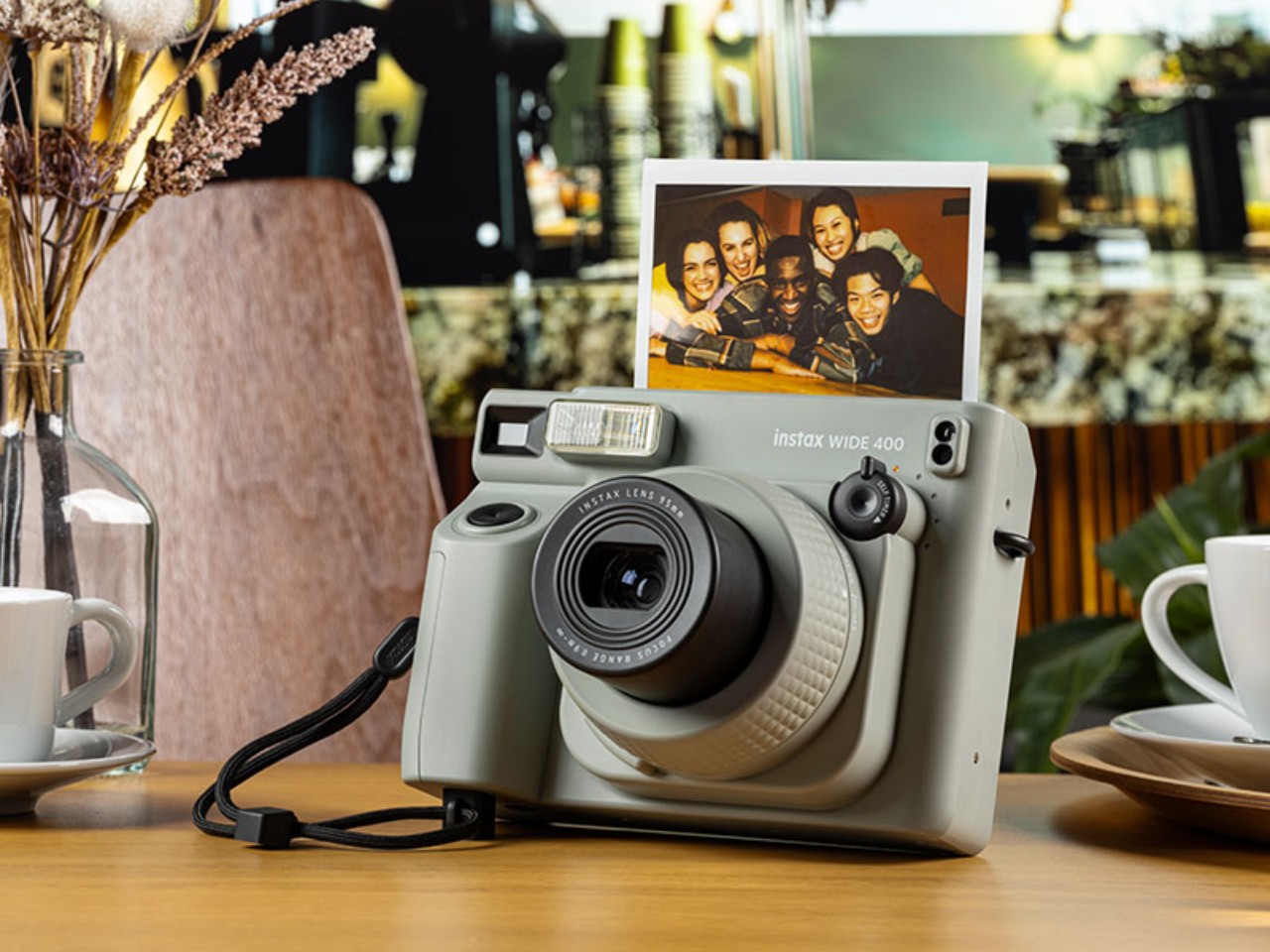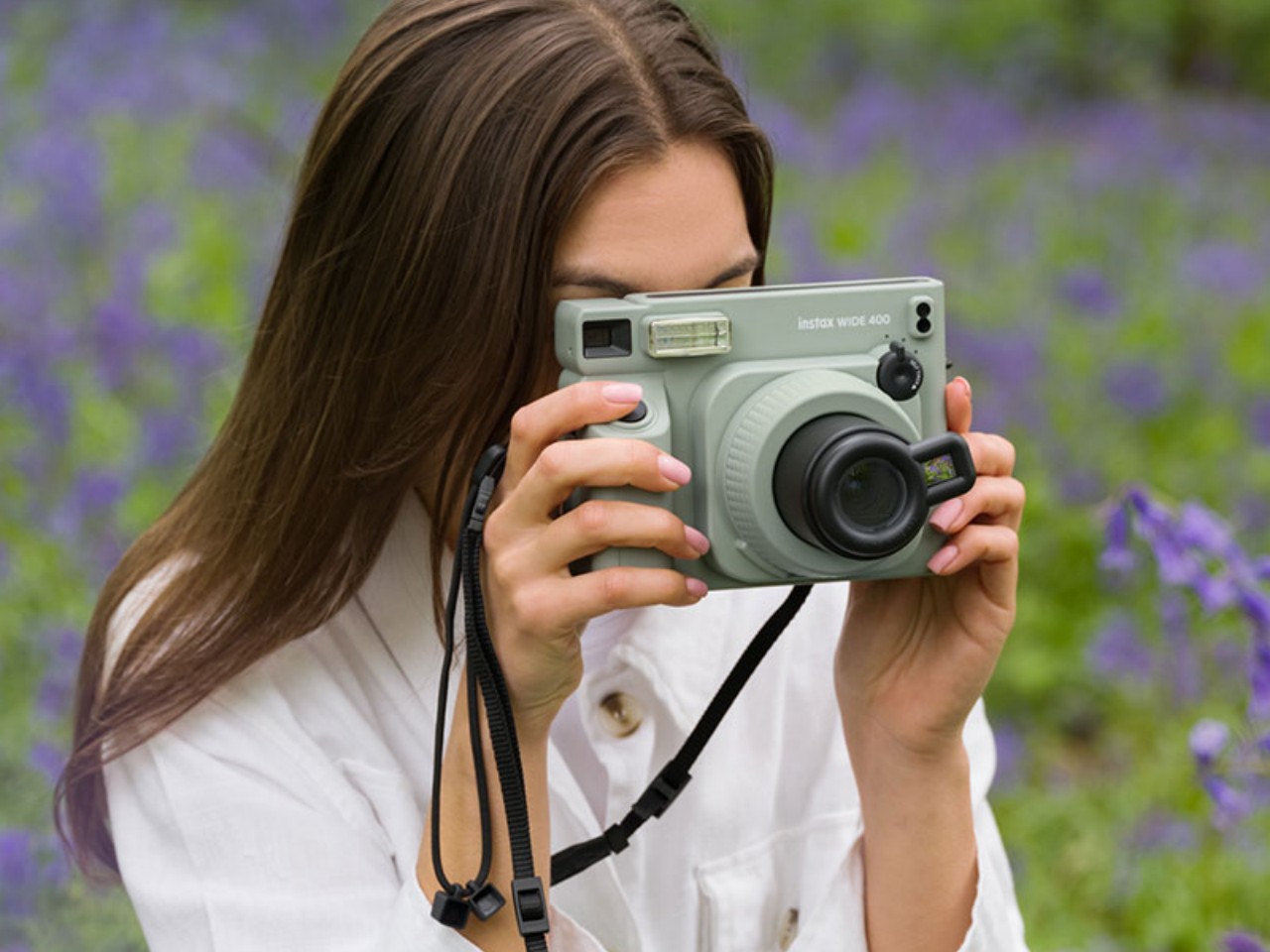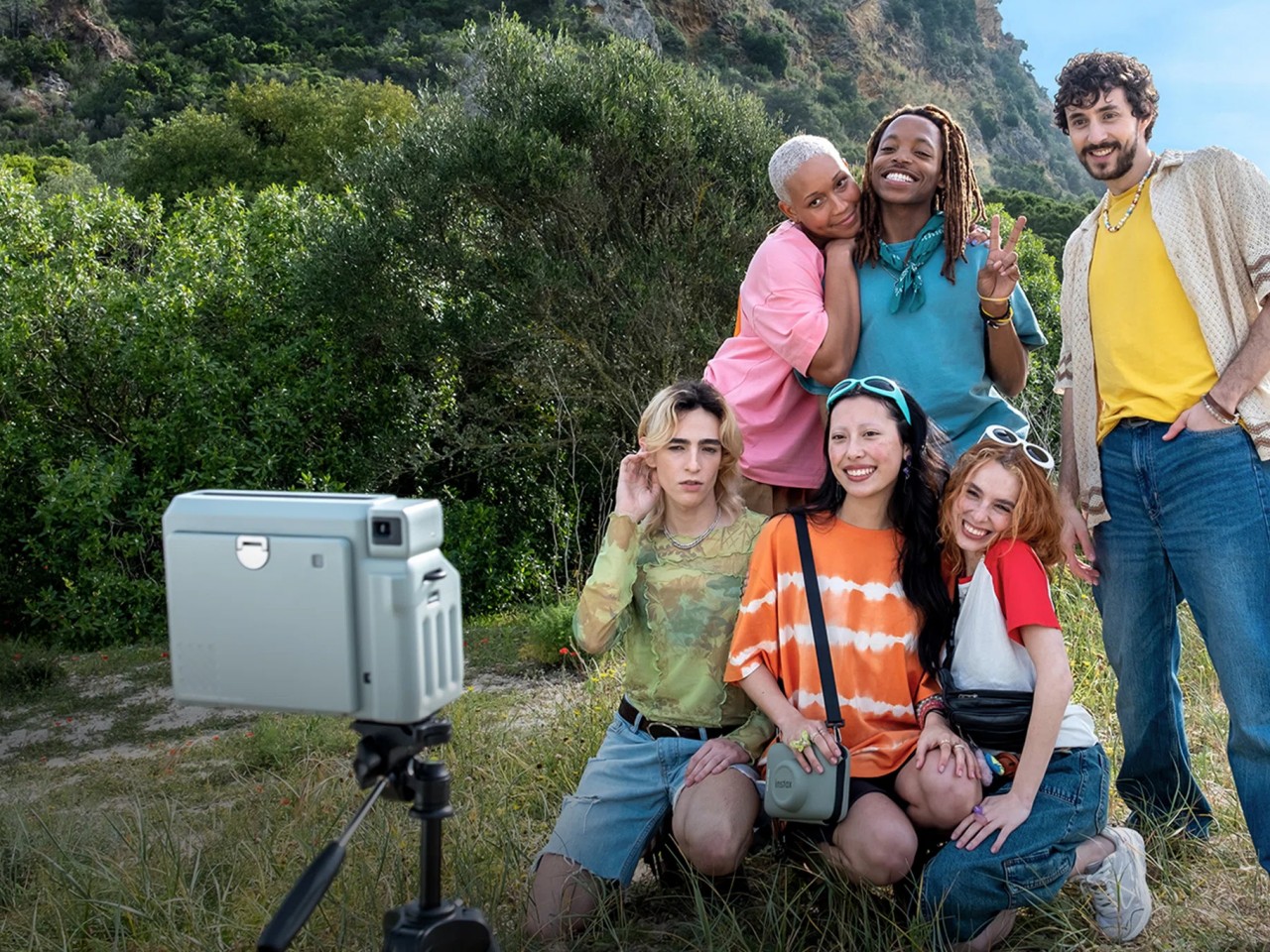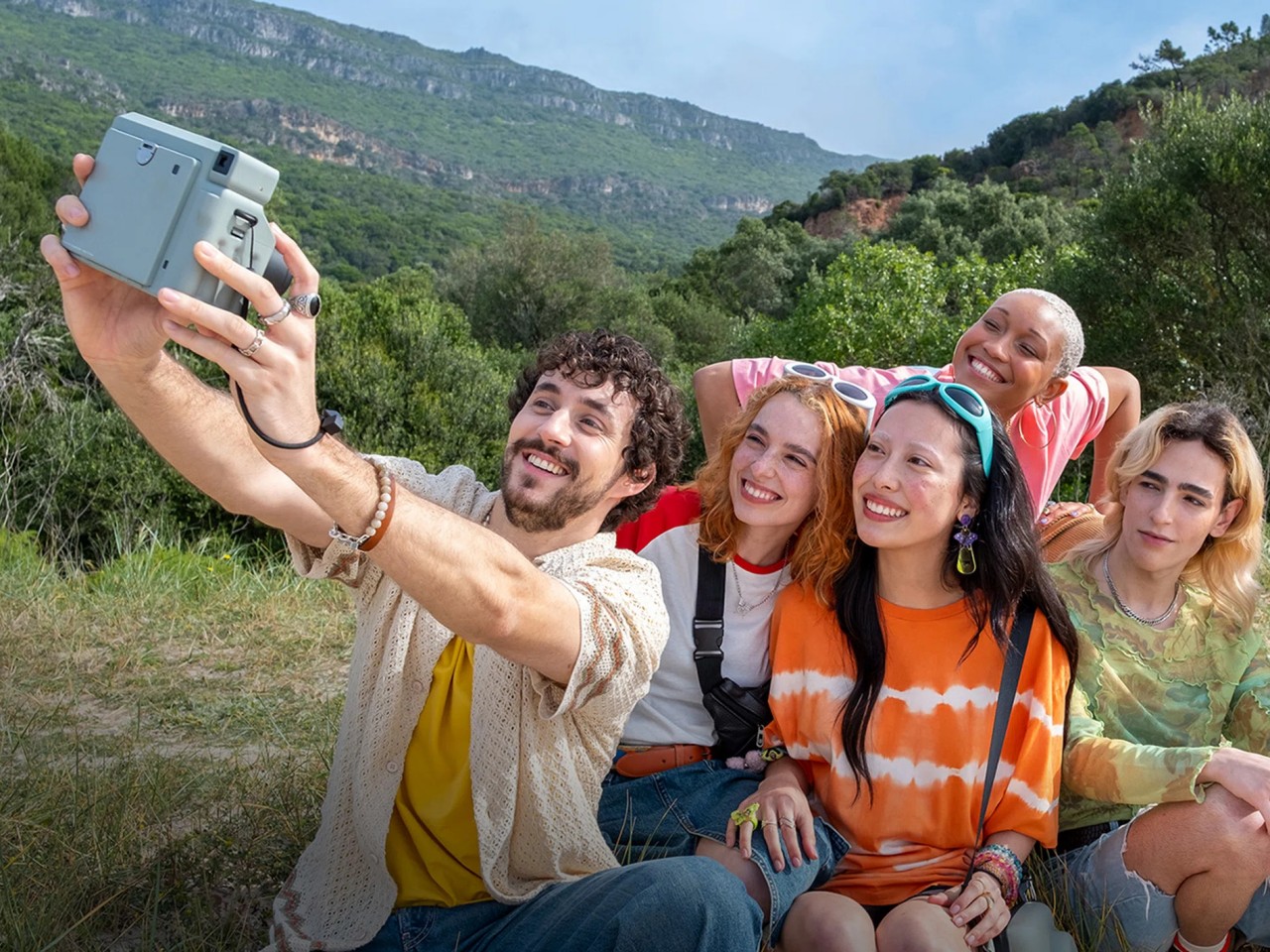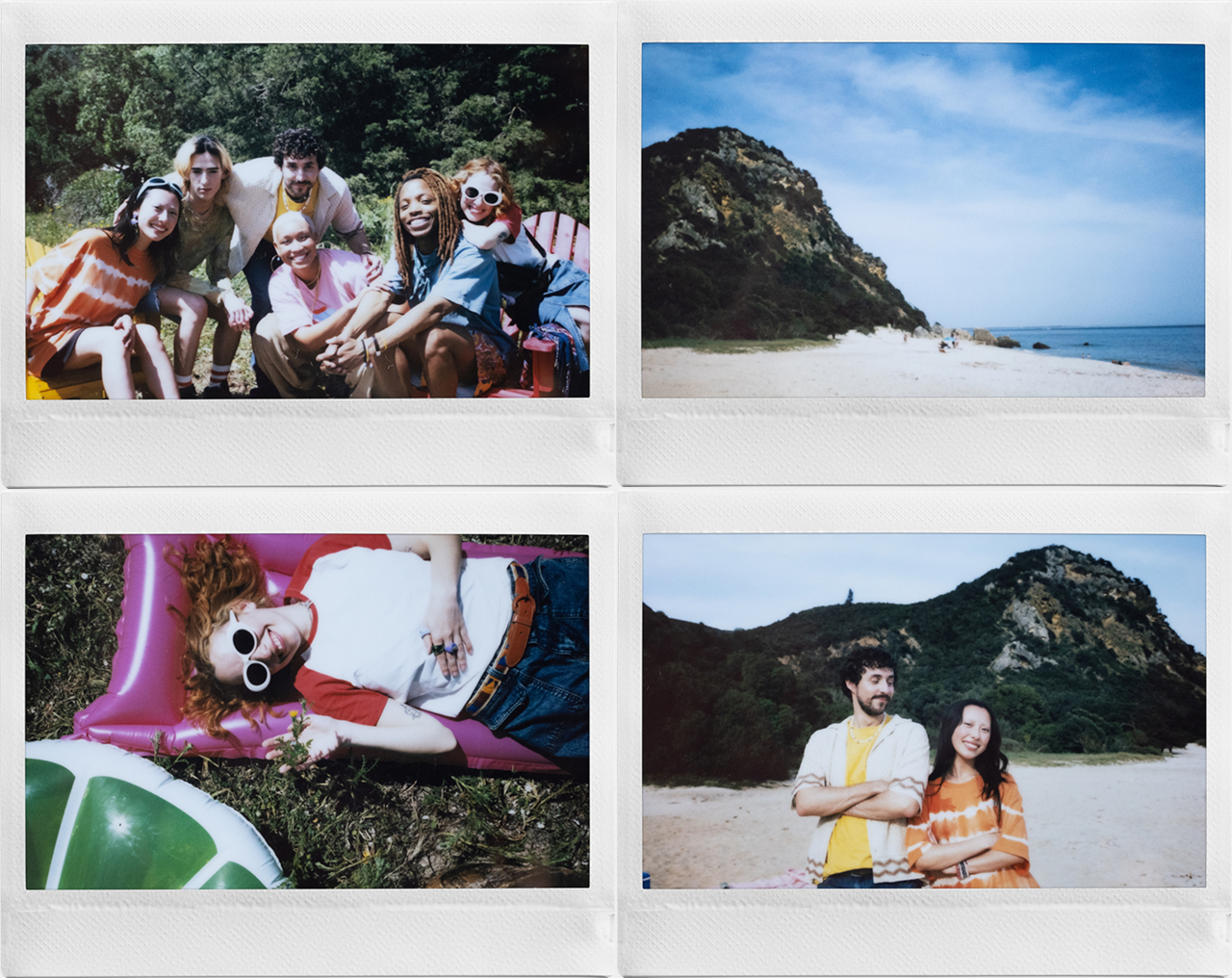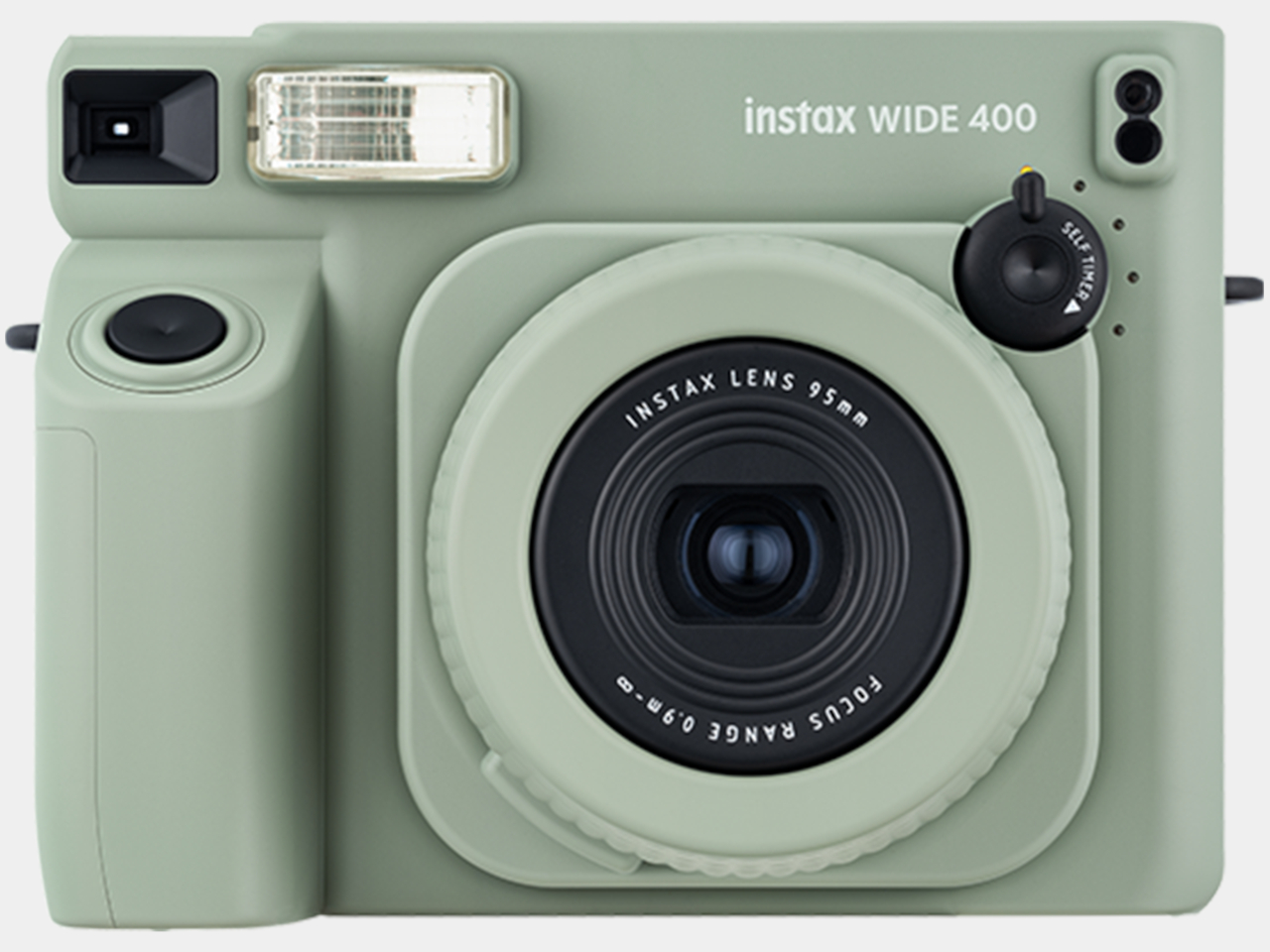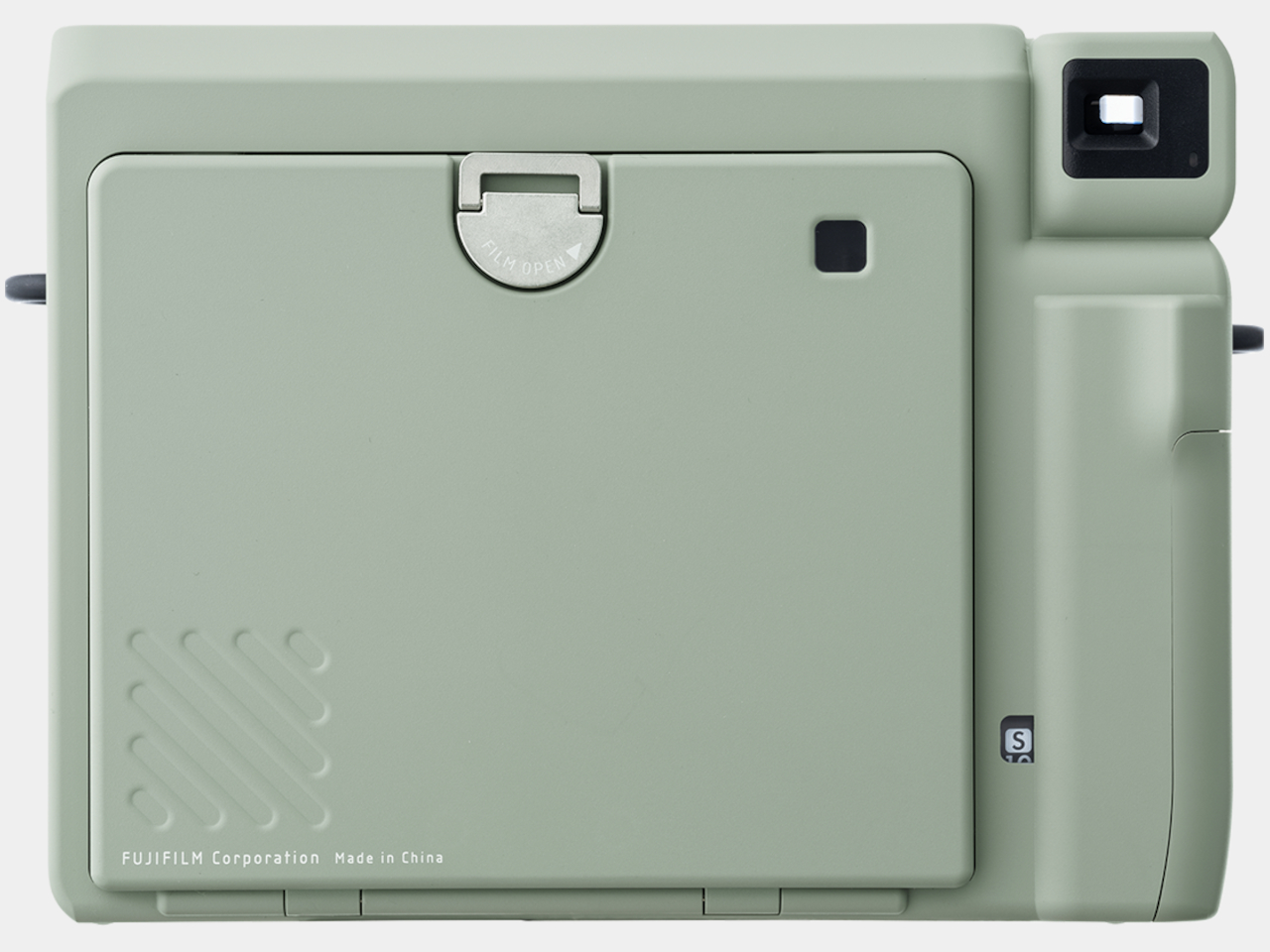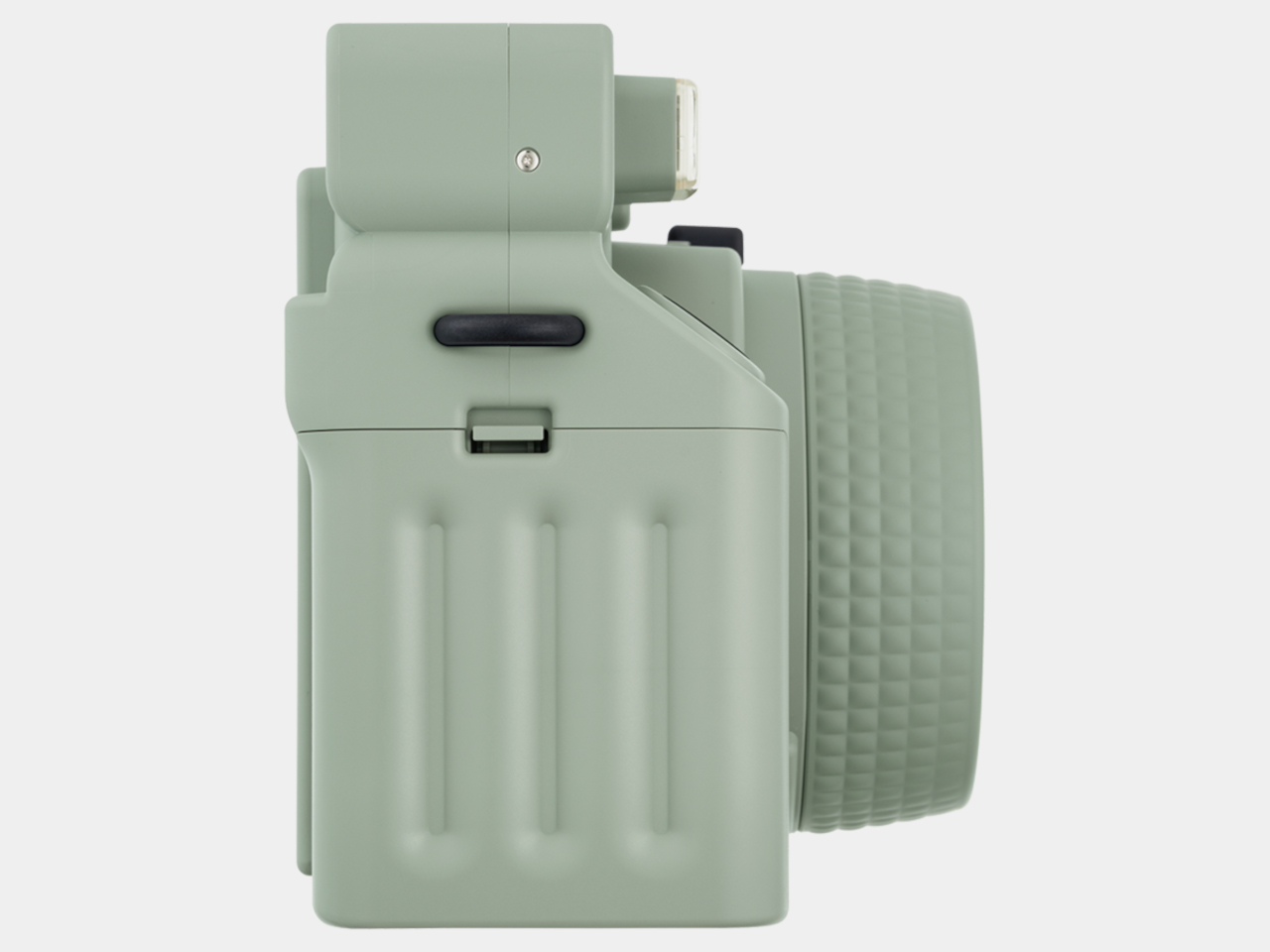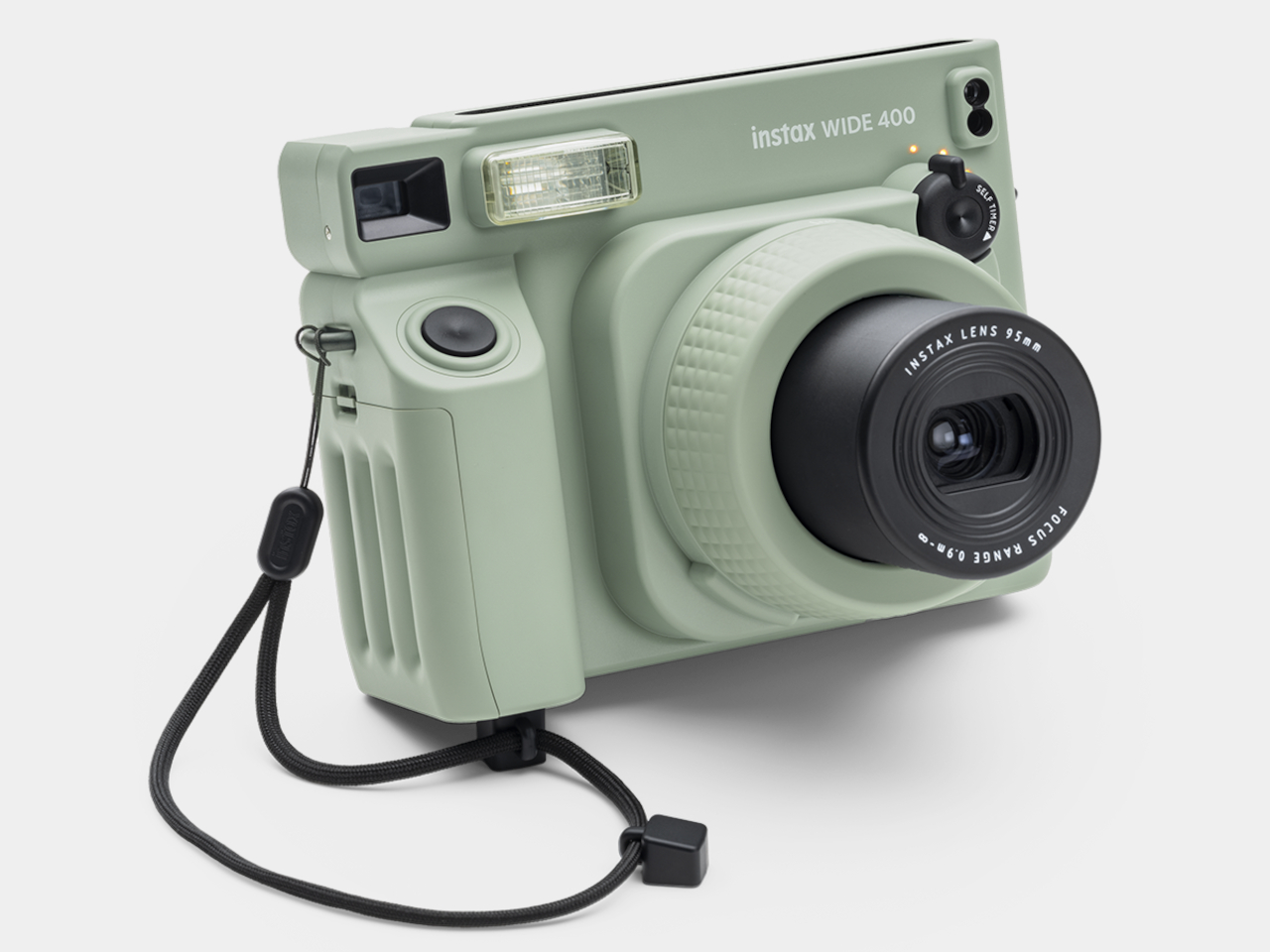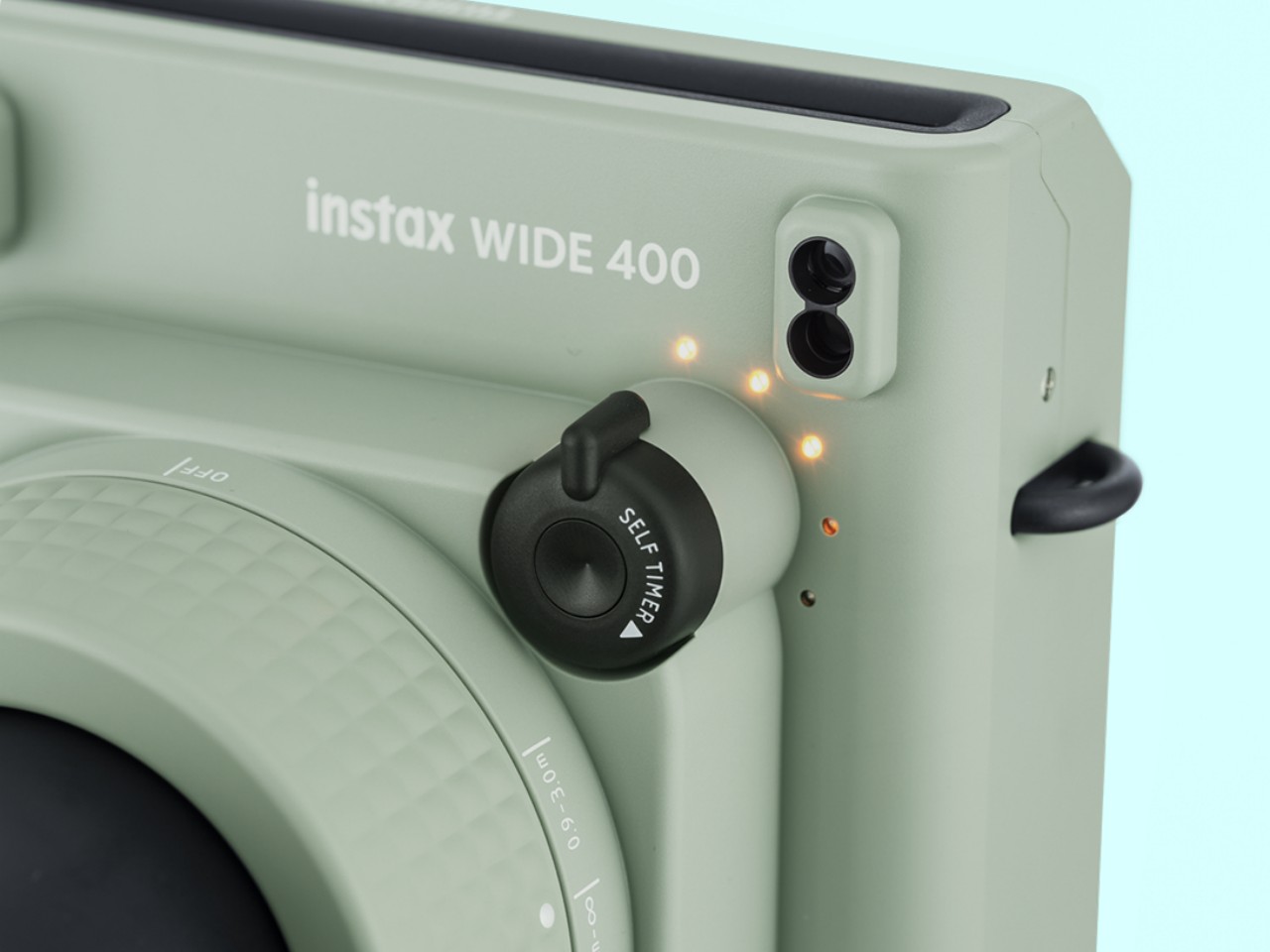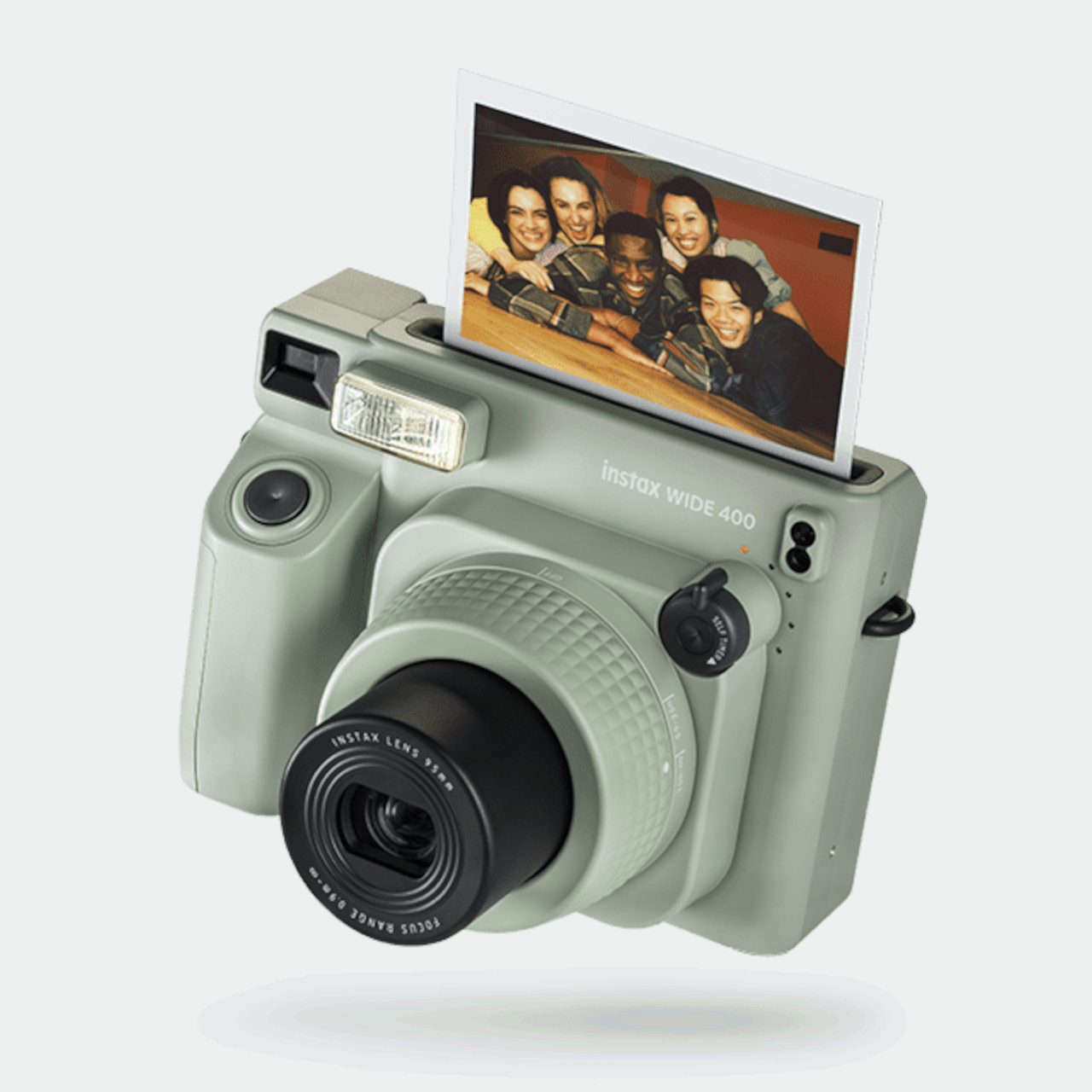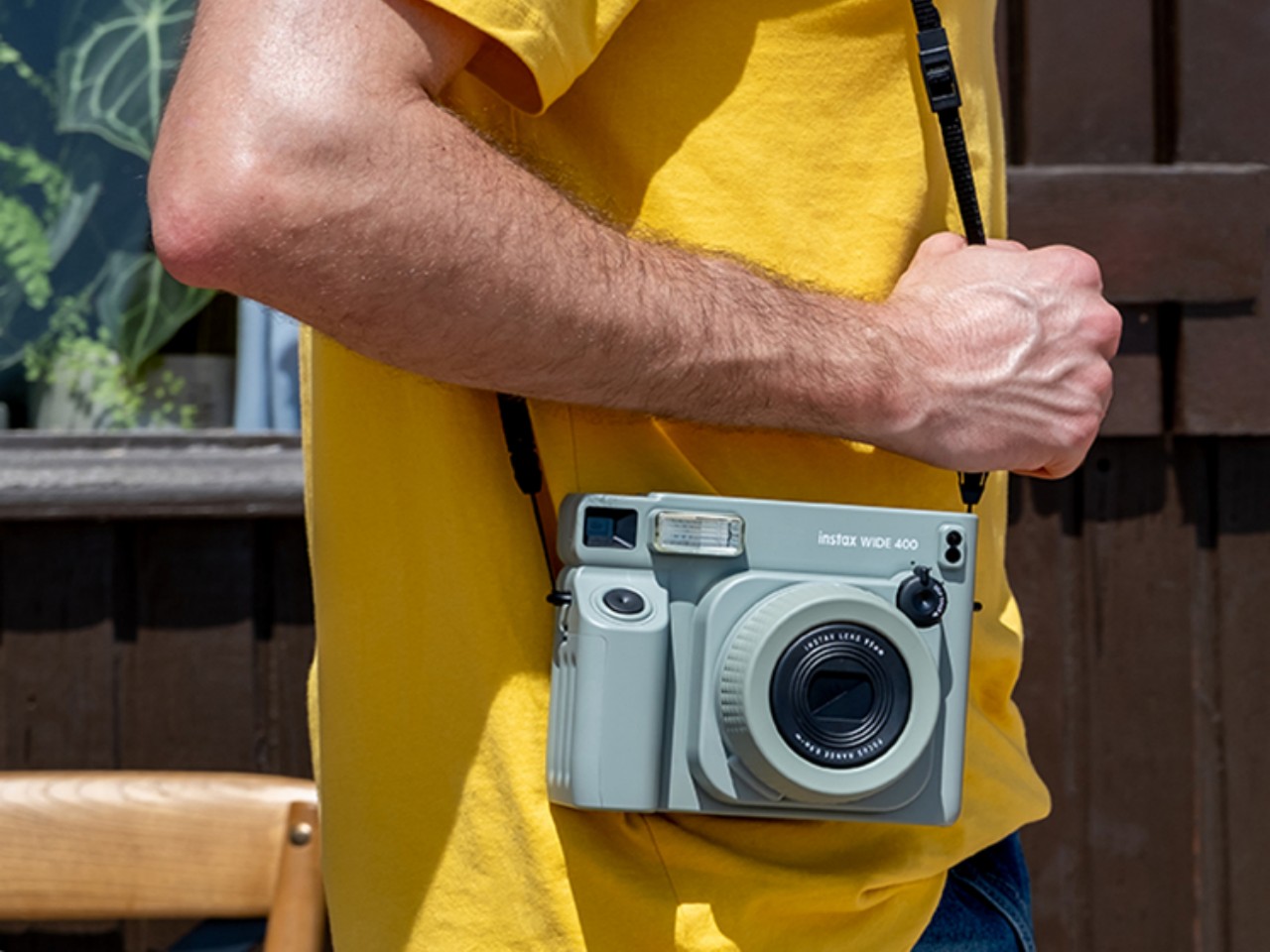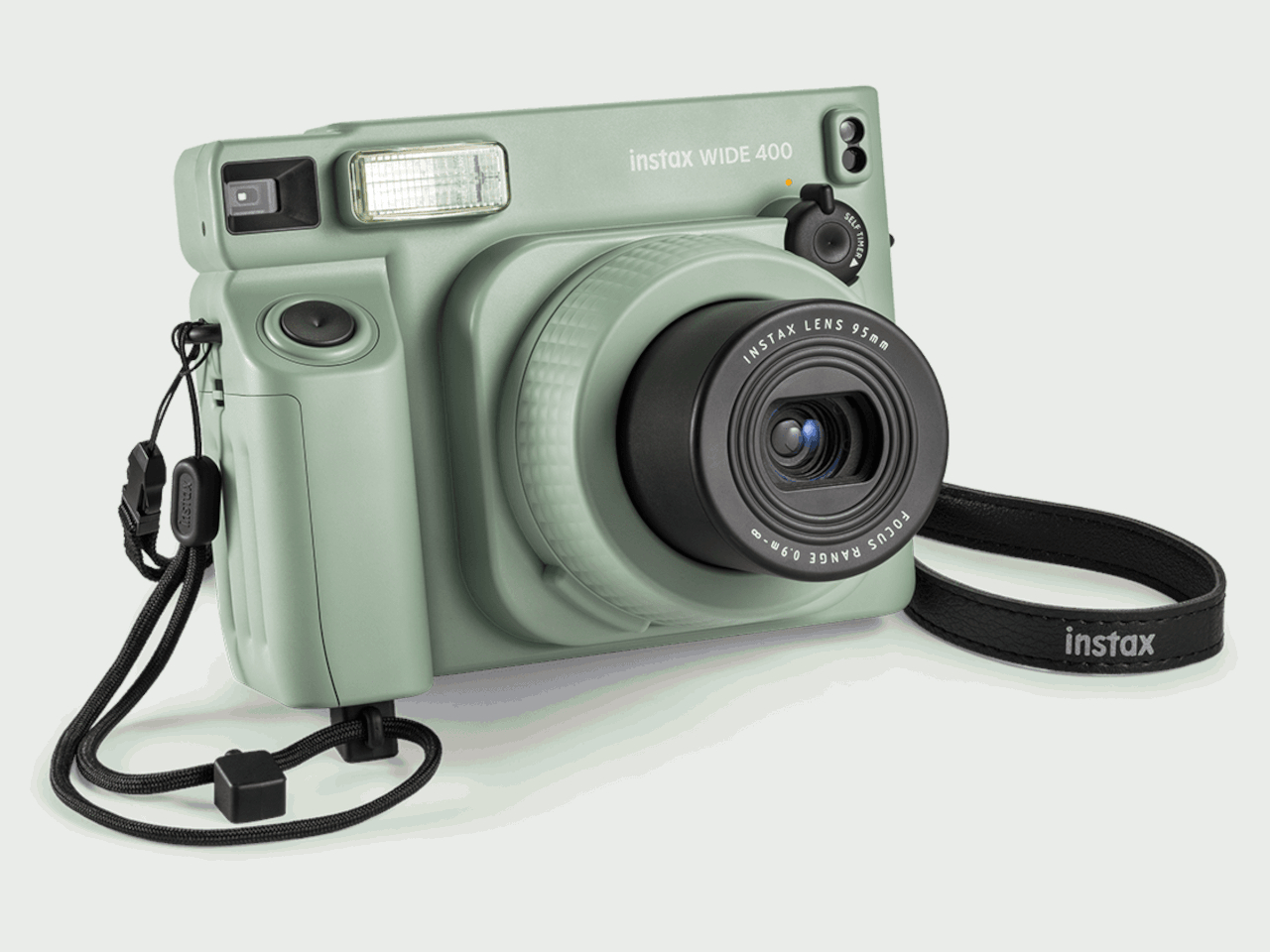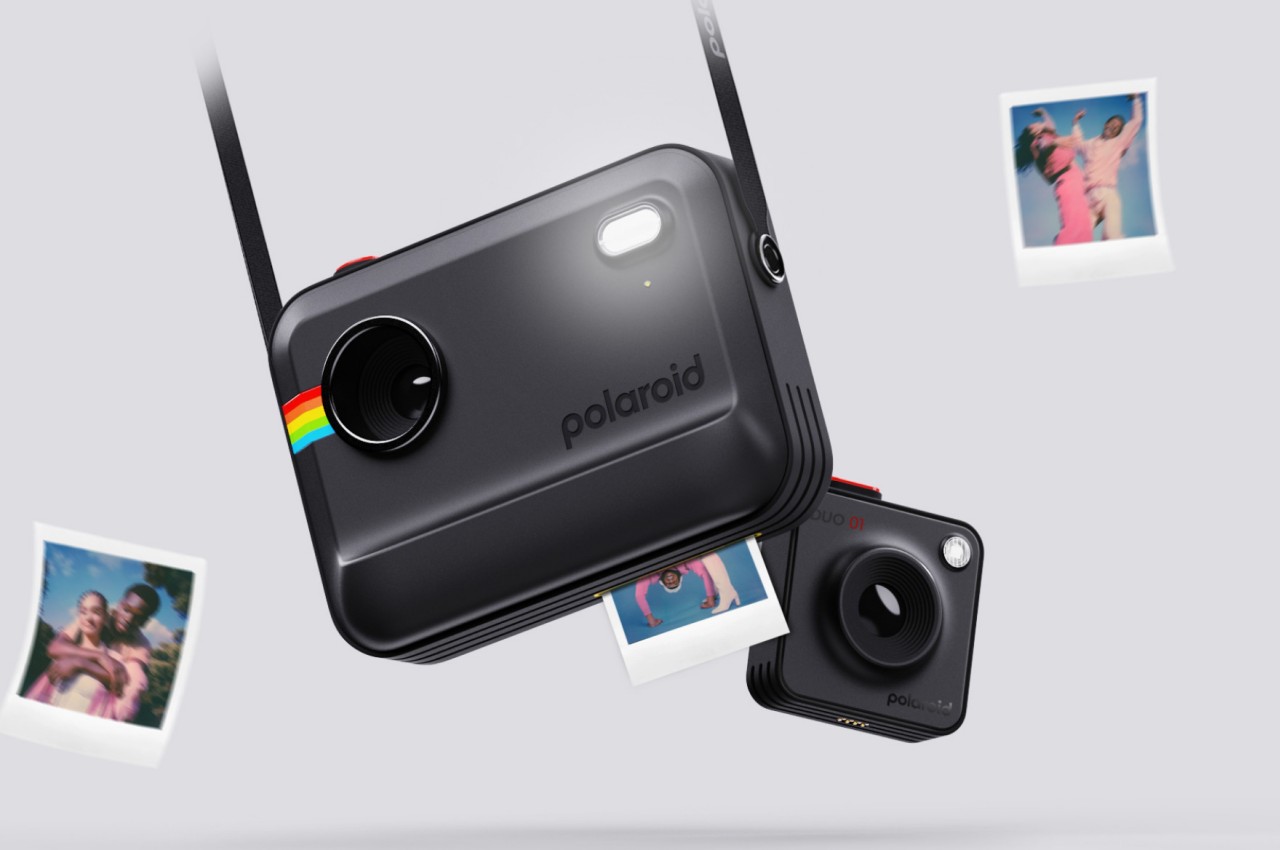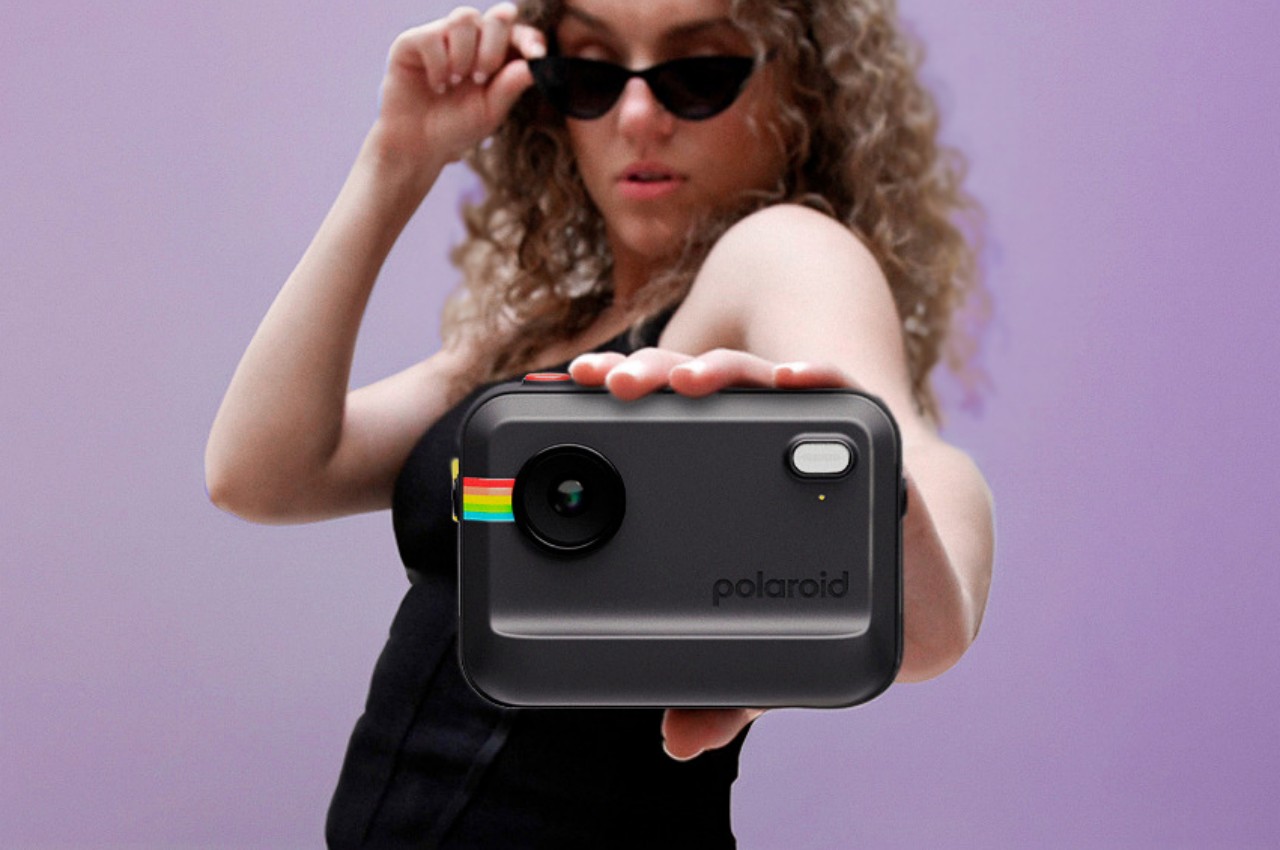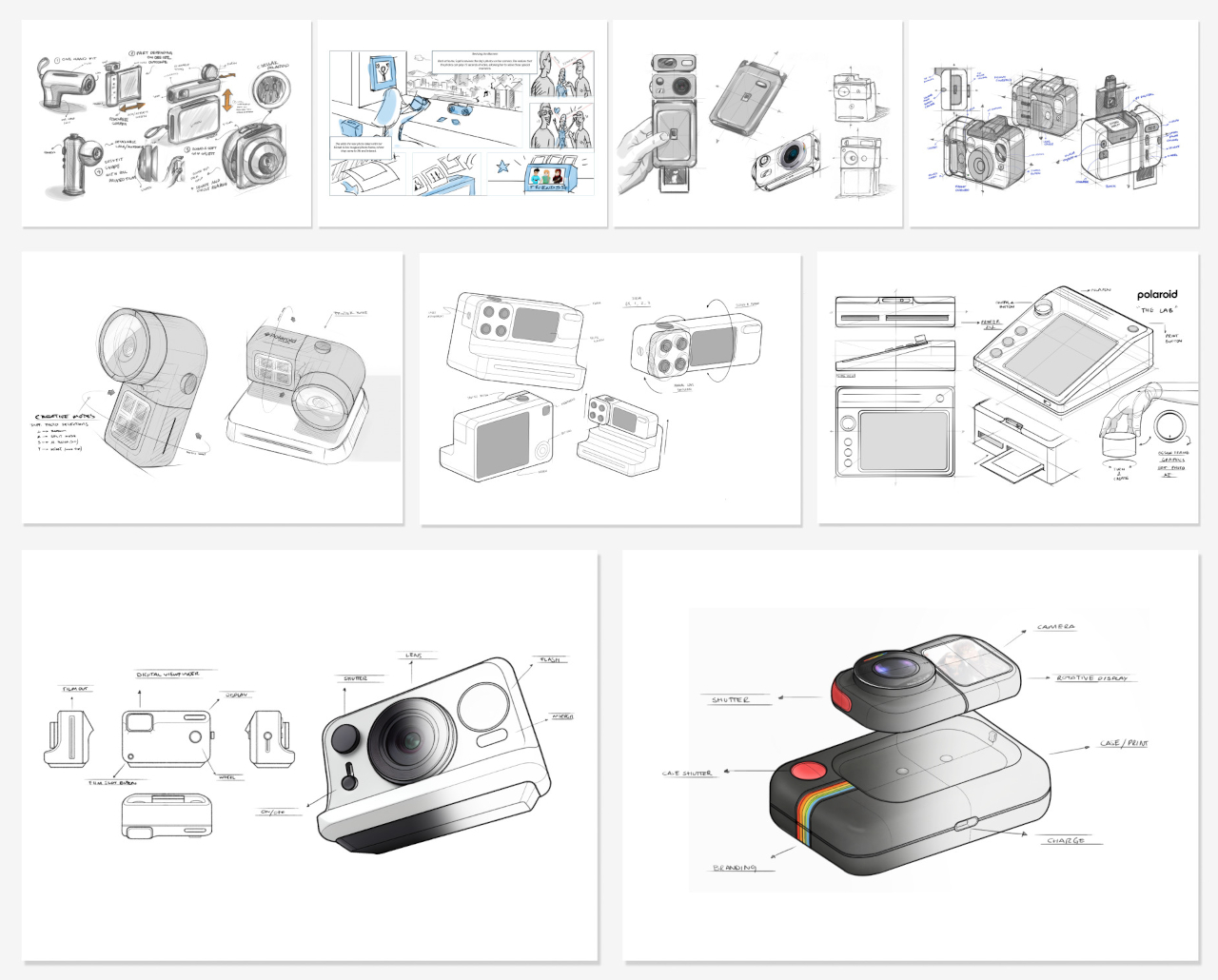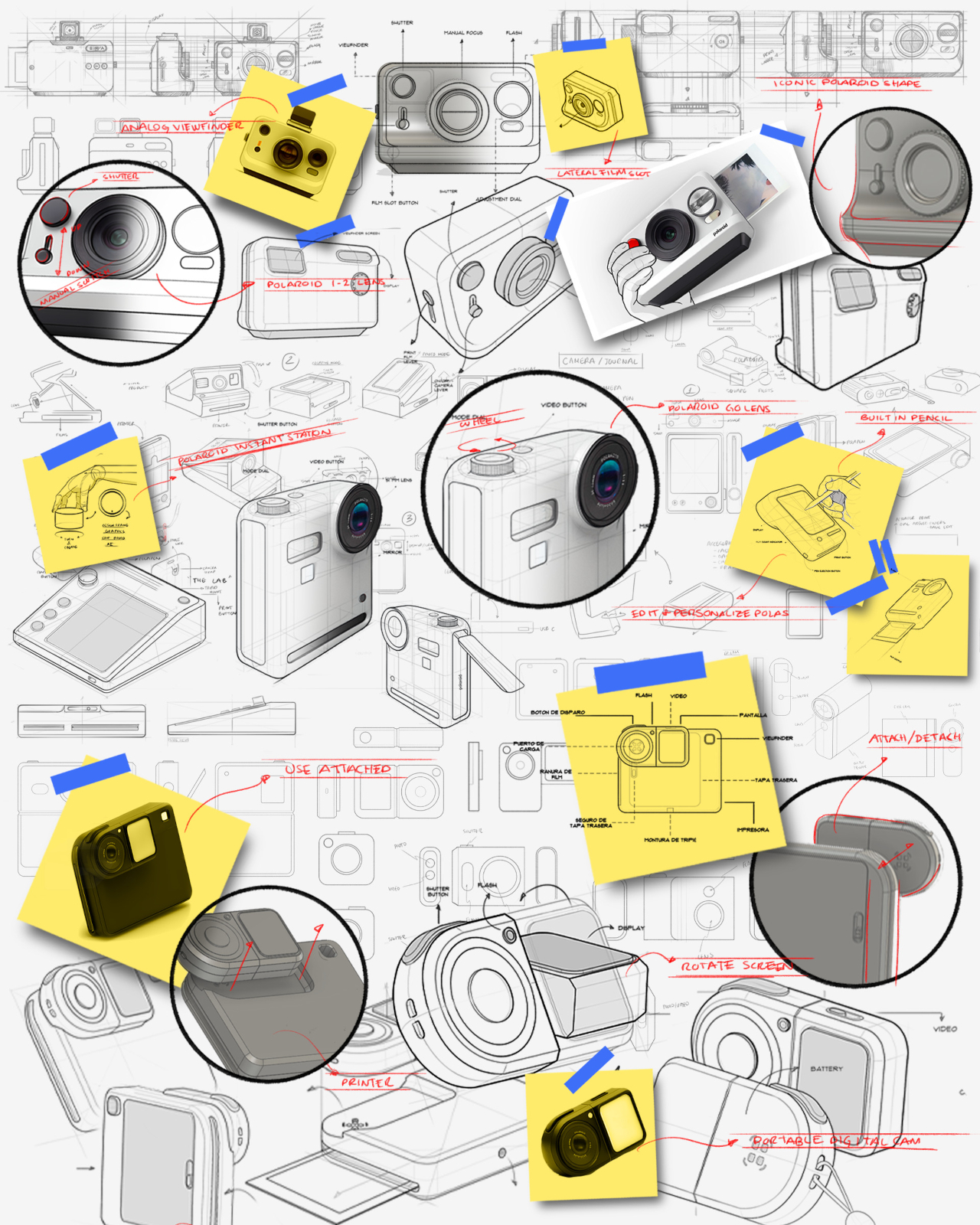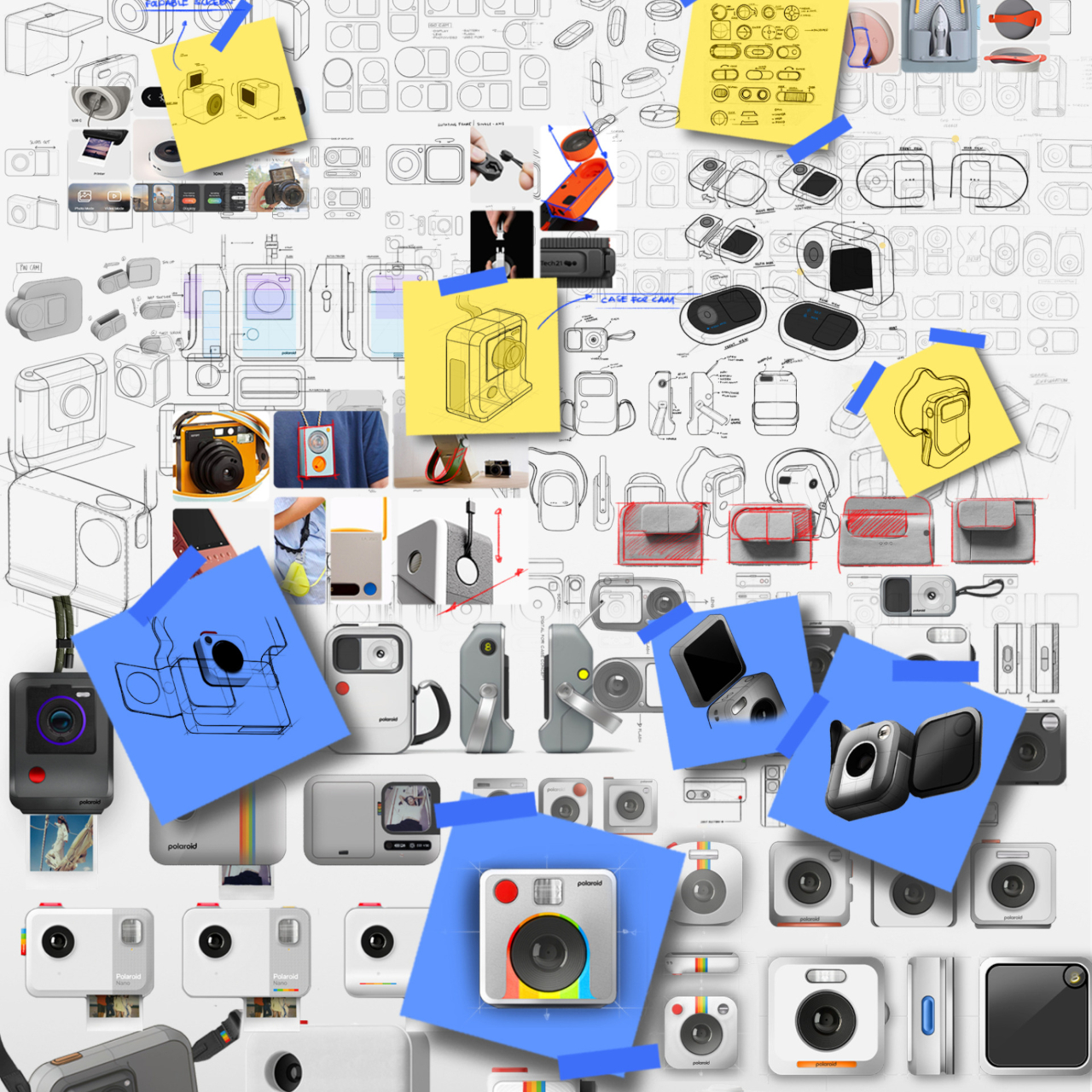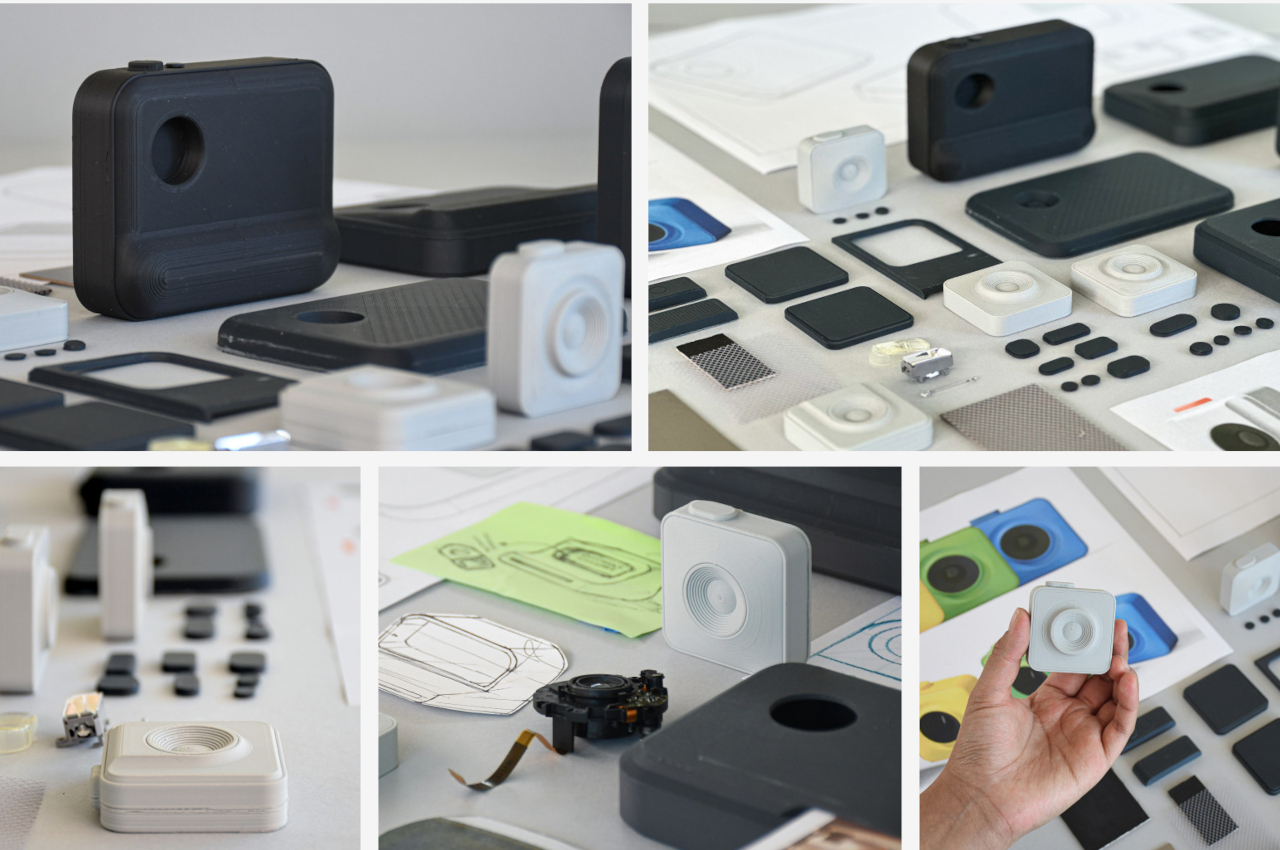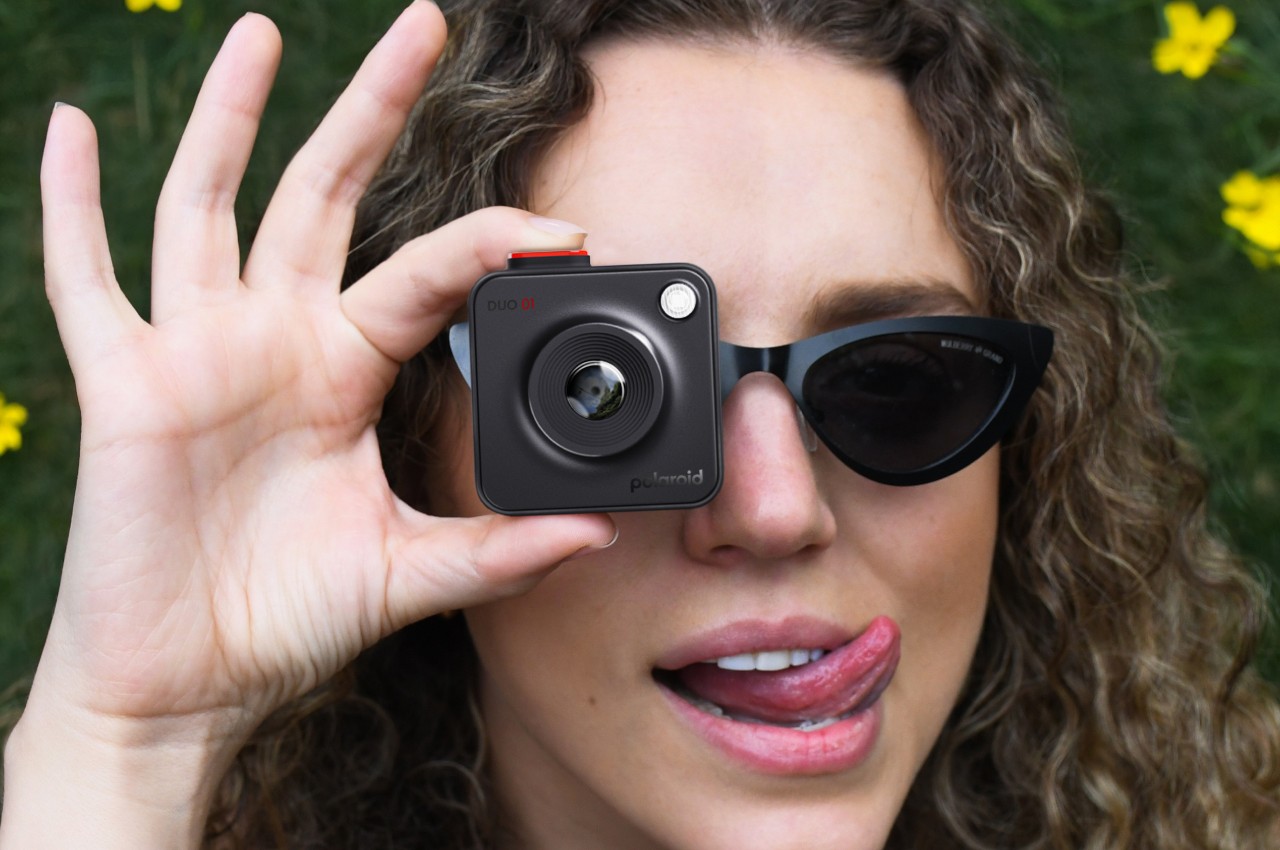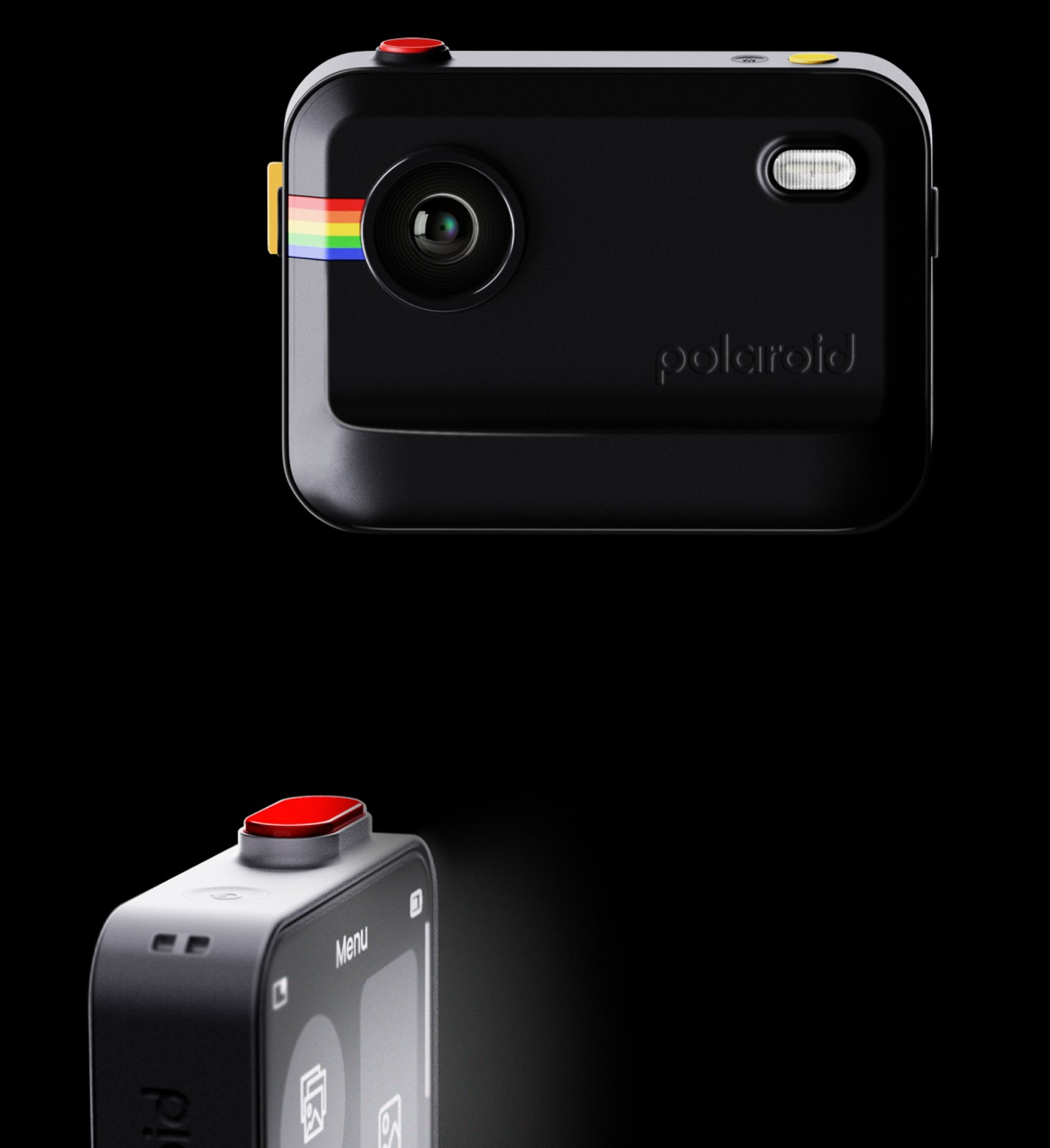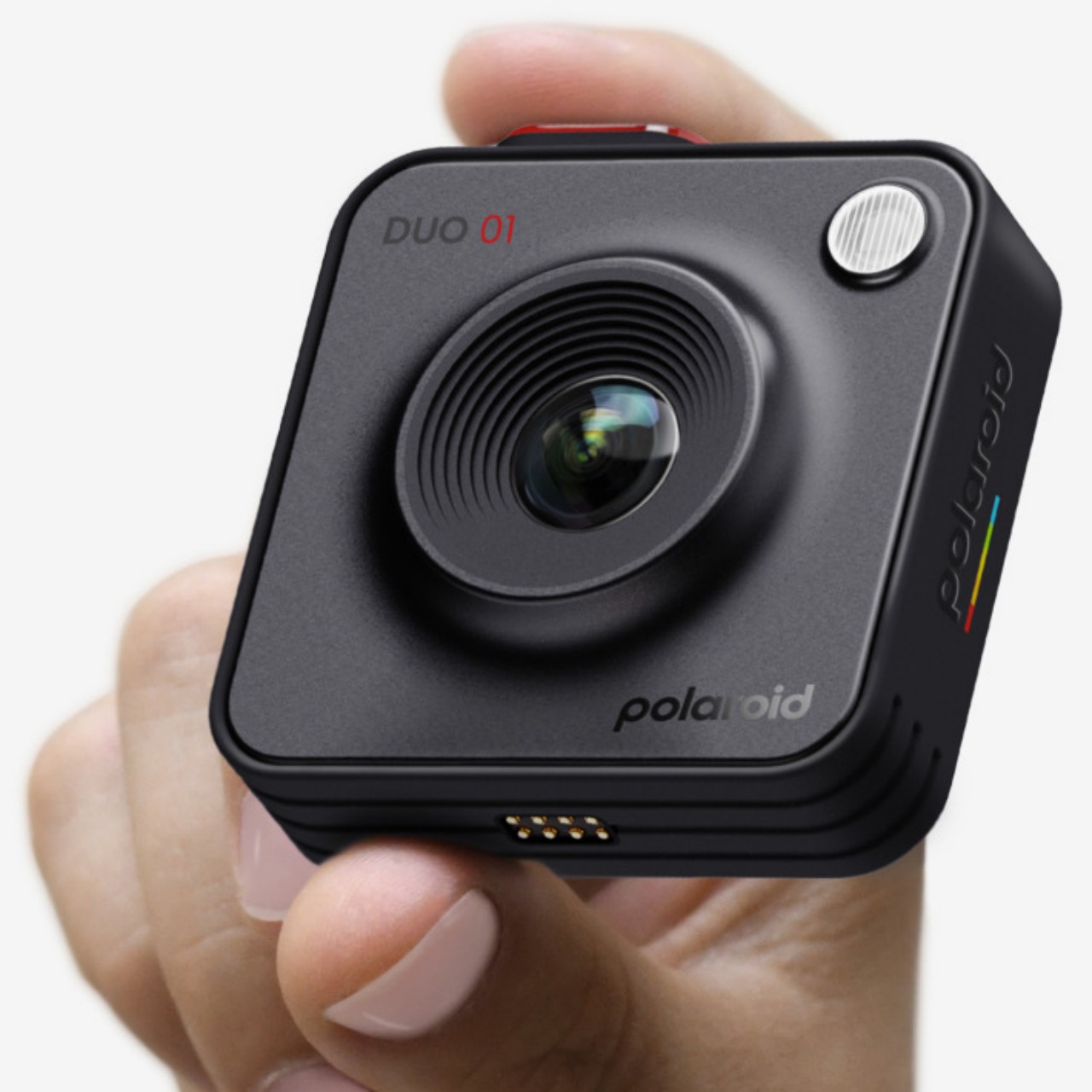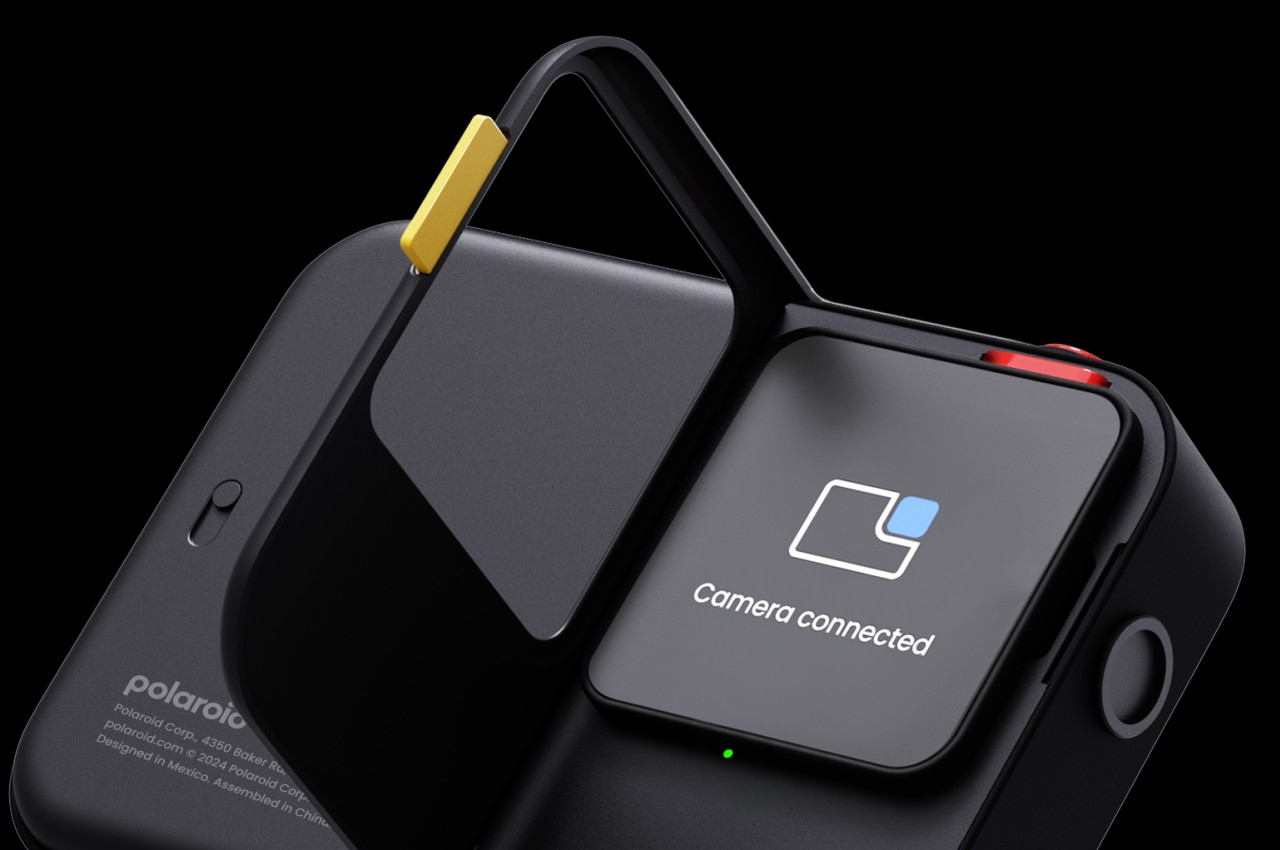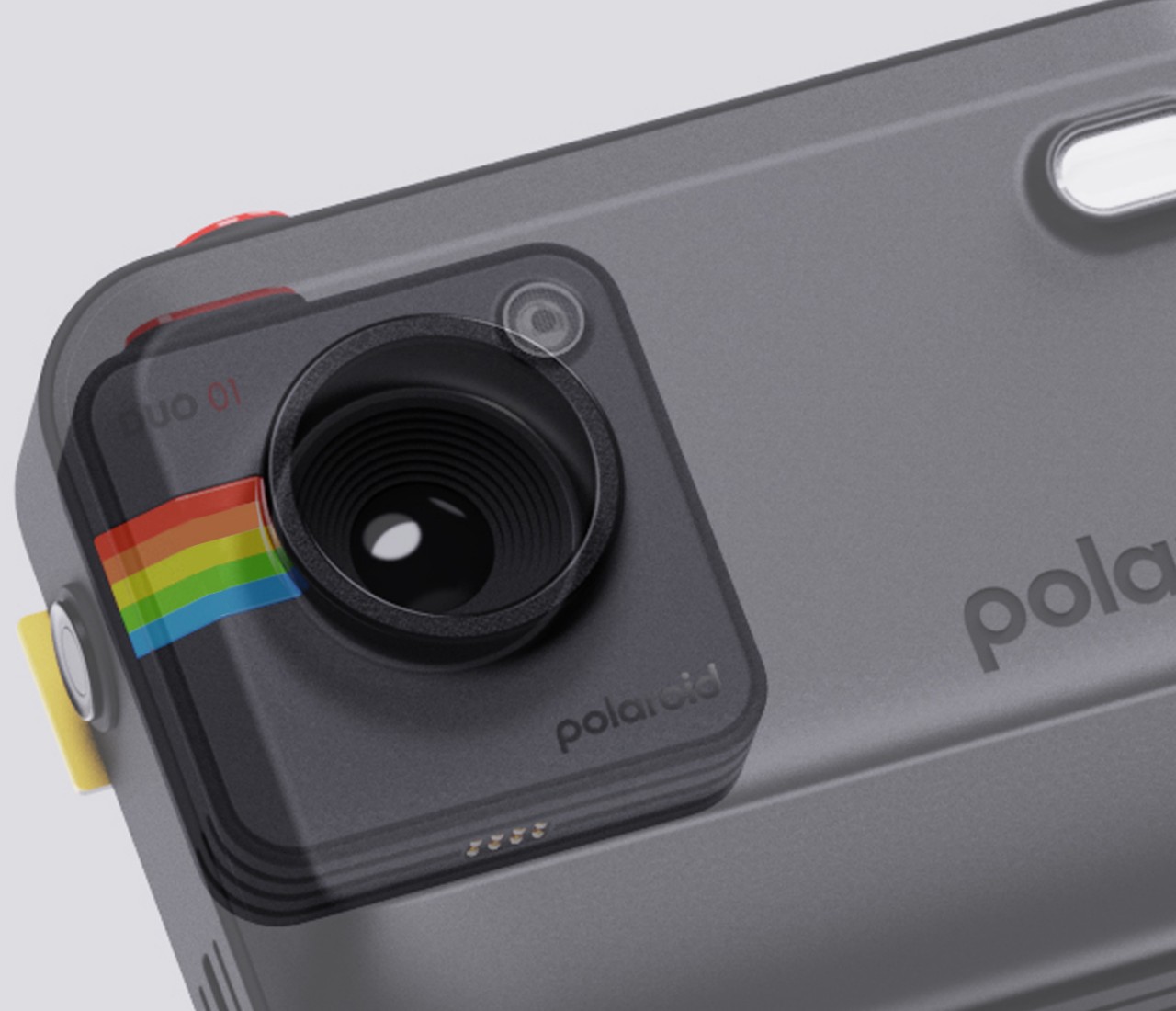Any tech nerd can look at an action camera and know what it’s for. And then look at an instant camera and know that its use case, audience, and environment are completely different. There’s really no need for an action camera while taking group photos in front of the Eiffel Tower, and you never use an instant camera to capture your POV while dirt biking. Insta360 basically decided to change that.
Their latest Videography Bundle for the Ace Pro 2 features a variety of accessories, one of them being a snap-on printer that turns the action cam into a wide-angle Polaroid of sorts. Take a photo, select it, and print it out. Insta360 believes a camera is a camera is a camera, you don’t need three devices to do the same job. The Videography Bundle proves that. Heck, what’s next, a webcam attachment for the Ace Pro 2?
Designer: Insta360
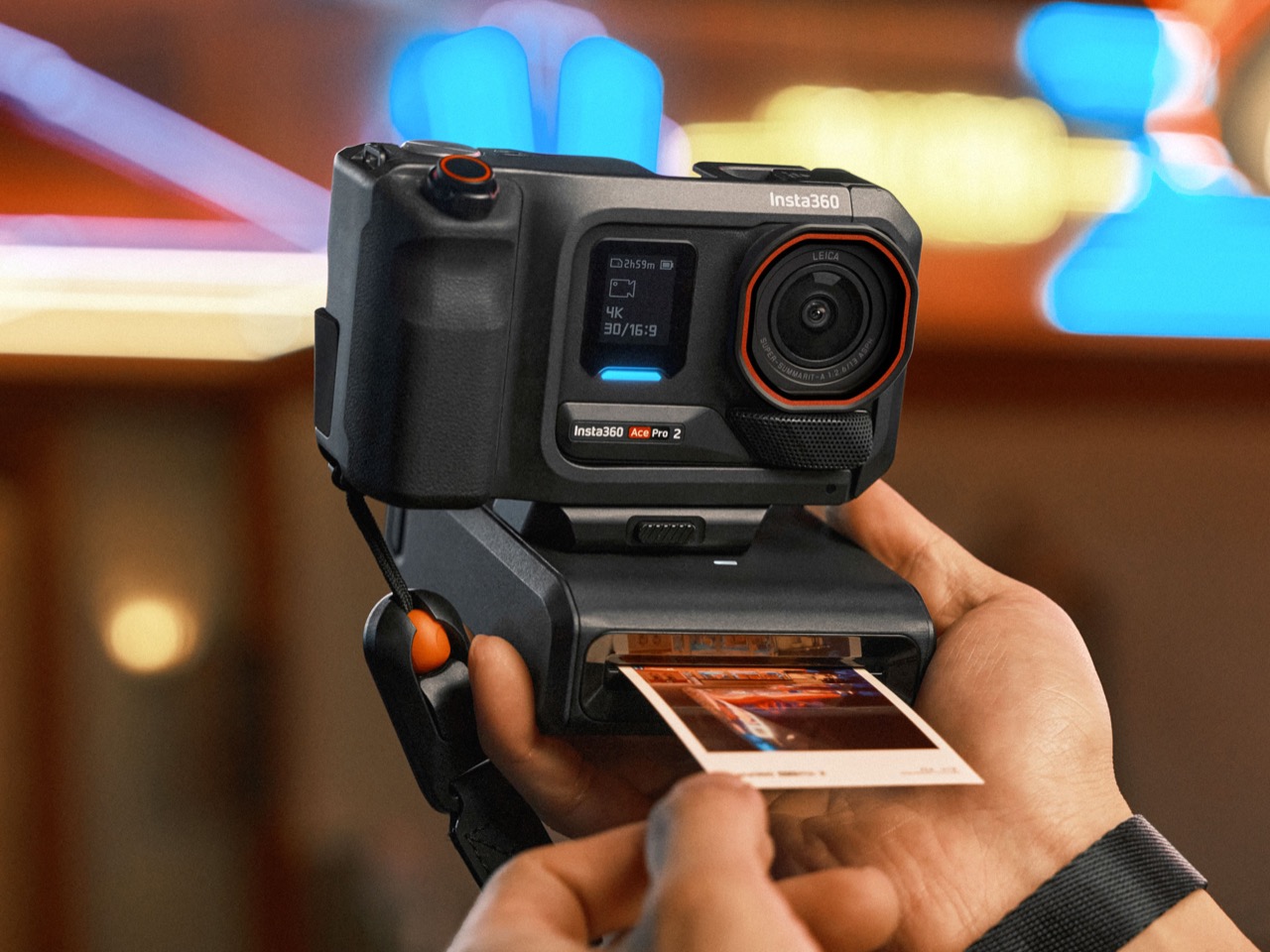
The Pocket Printer is the accessory getting most of the attention, and for good reason. It’s a compact wireless module that connects to the Ace Pro 2 via Bluetooth and physically mounts to the camera using the new Xplorer Grip Pro. The quick-release system on the grip’s base lets you snap the printer on and off, so you’re not permanently committed to carrying extra bulk when you just want a lightweight action cam. When attached, the whole setup looks like someone strapped a chunky instant camera to a grip handle, which is essentially what it is, except this instant camera can also shoot 8K video and survive conditions that would destroy a vintage Polaroid.
The printer uses Zink technology, the same zero-ink printing process found in portable printers from Canon and Fujifilm. Prints come out at roughly 2×3 inches, dry to the touch, smudge-resistant, and durable enough to toss in a bag without worrying about them getting ruined. The paper itself contains dye crystals that activate when heat is applied, so there’s no ink cartridge to replace or messy film packs to load in the dark. You just buy Zink paper refills when you run out, pop them in, and keep printing. It’s a recurring cost similar to Instax film, but the prints themselves are more practical for everyday handling.
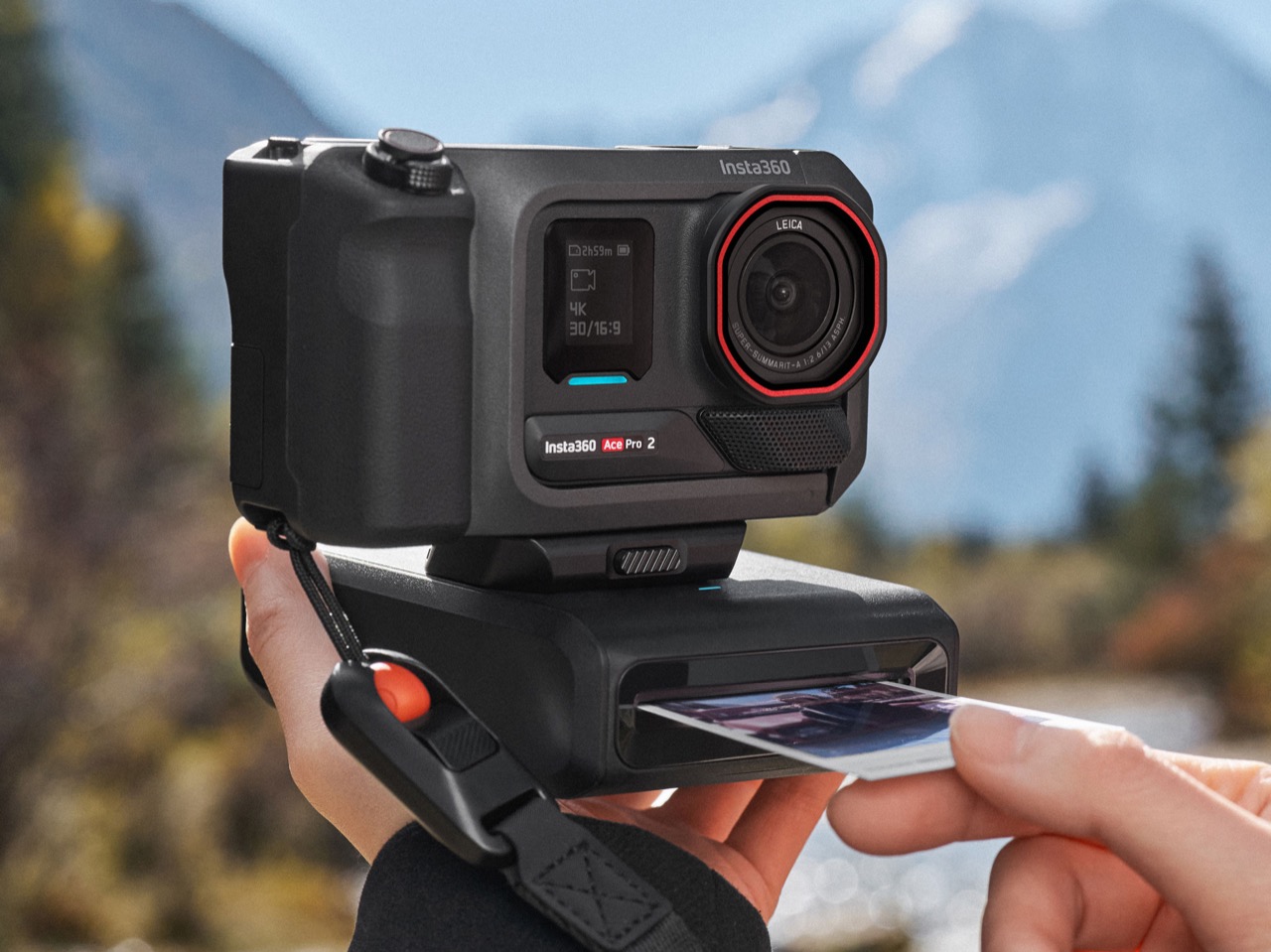
What makes this more interesting than just “action cam plus printer” is that Insta360 clearly designed the experience around actual photographic flexibility. The Ace Pro 2 captures 48MP stills and 8K video using a Leica co-engineered sensor, so the image quality you’re working with is leagues beyond what a traditional instant camera can produce. You can shoot a whole sequence, review the images on the camera’s flip screen, edit or crop if needed, and then choose which ones deserve to become physical prints. That selective printing capability is the key difference between this and a true Polaroid experience, where every shutter press costs you a piece of film whether the shot worked or not.
The $600 Videography Bundle includes more than just the printer. You get the Ace Pro 2 body, the Xplorer Grip Pro, the Pocket Printer, a flip screen hood for outdoor visibility, and a leather case that gives the whole setup a vintage aesthetic. Insta360 also launched the bundle alongside three new Leica co-engineered lenses and various ND filters, expanding the camera’s capabilities for serious videography work. The bundle is clearly trying to position the Ace Pro 2 as more than just an action cam, it’s a hybrid content creation tool that can handle extreme sports footage, casual street photography, and instant social prints from the same device.
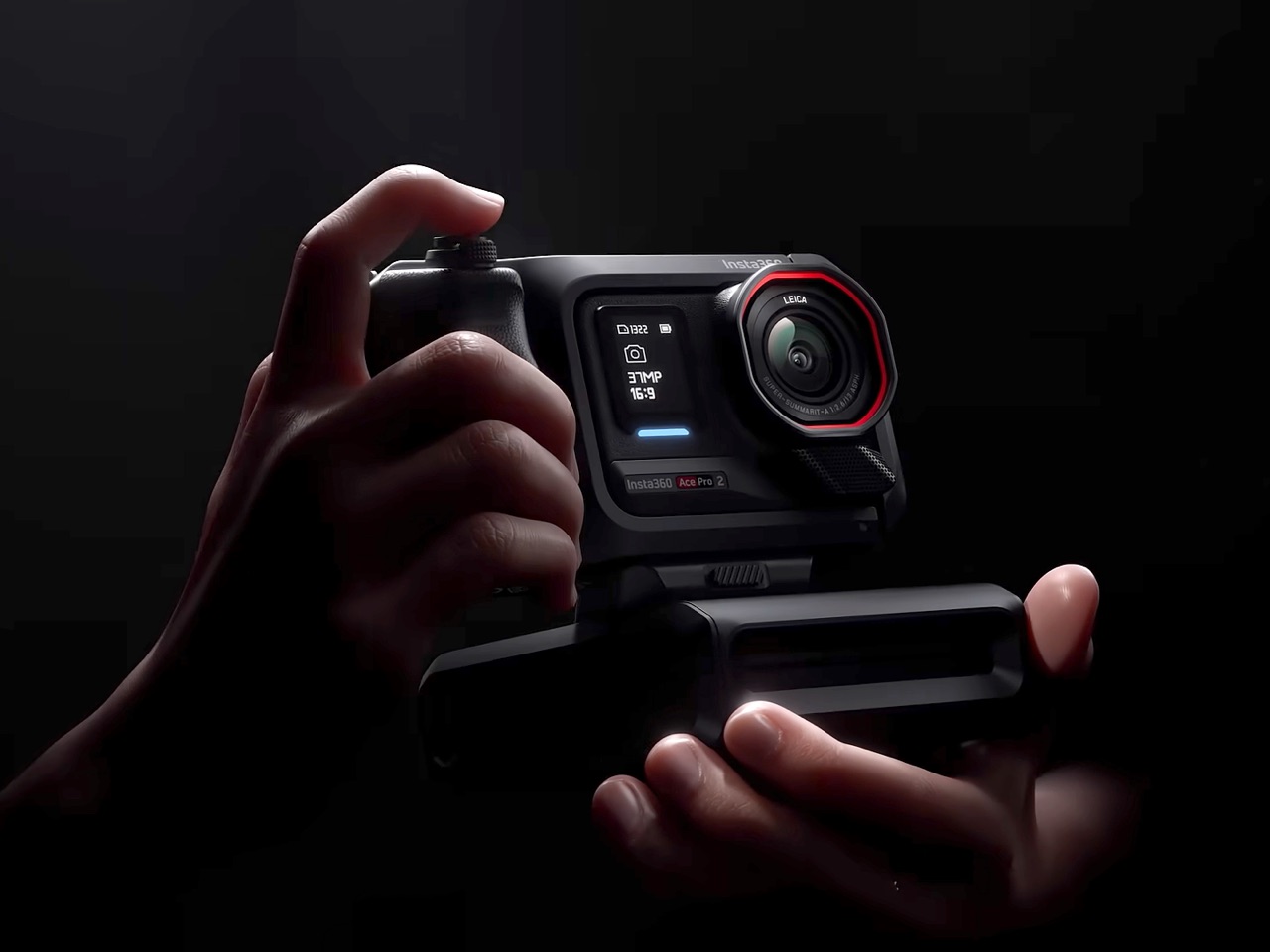
Practicality questions remain. The Ace Pro 2 is waterproof and built for harsh conditions, but the printer module is likely only splash-resistant at best. That means you probably shouldn’t take it on a whitewater rafting trip while attached, though the camera itself would handle it fine. Battery life is another consideration, the printer has its own power supply and charges via USB-C, but adding another device to your charging routine might be annoying for people who value simplicity. The grip and printer combo also adds noticeable weight and bulk, transforming a pocketable action cam into something closer to a small handheld camcorder.
But maybe that’s the point. Insta360 isn’t trying to make the perfect streamlined action camera, they’re trying to make one camera that can adapt to wildly different shooting scenarios without requiring you to own separate devices. The cynic might say this is just accessory upselling, and sure, that’s part of it. But there’s something genuinely novel about a camera ecosystem that can switch from recording mountain bike footage to printing birthday party snapshots without even changing the core device. Whether people actually want that level of versatility in a single piece of hardware is a different question, but Insta360 is betting that at least some users would rather carry one adaptable camera than juggle multiple specialized ones. The Videography Bundle suggests they’re willing to push that concept pretty far, and the printer attachment is just the beginning of what could become a much weirder, more interesting product category.
The post Insta360 Just Brought Back Polaroid Printing, And It Mounts to Your Action Cam first appeared on Yanko Design.
